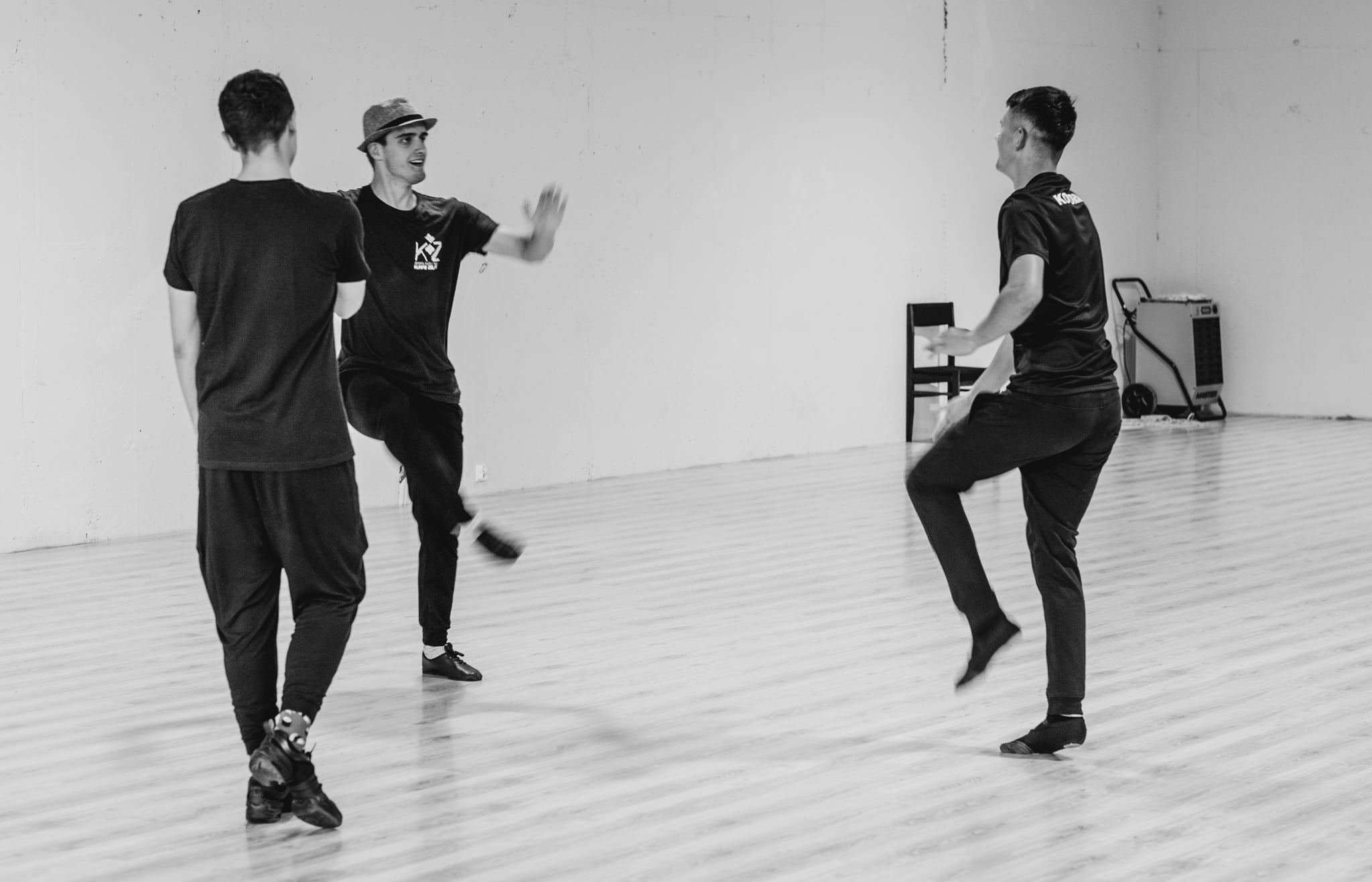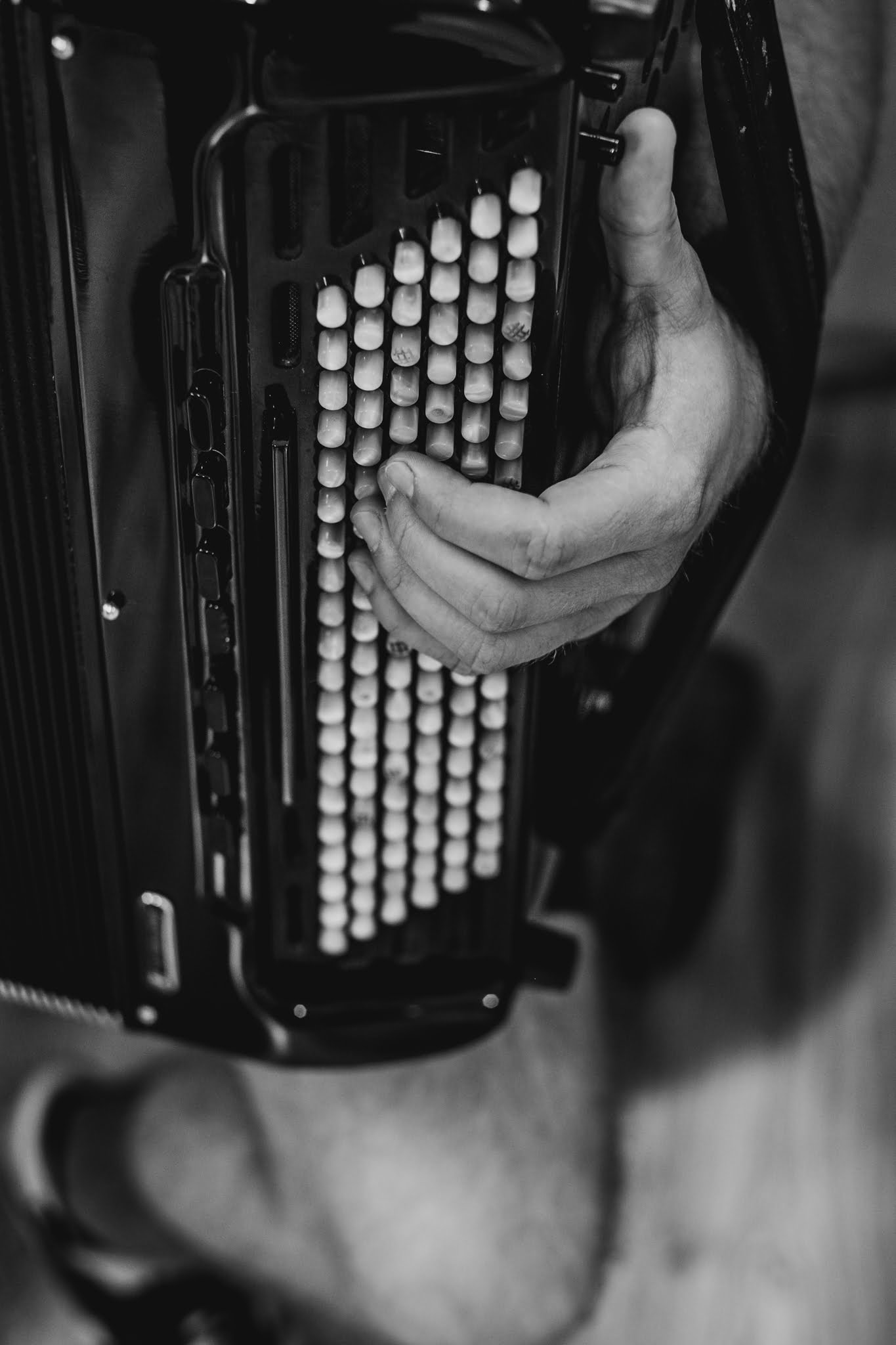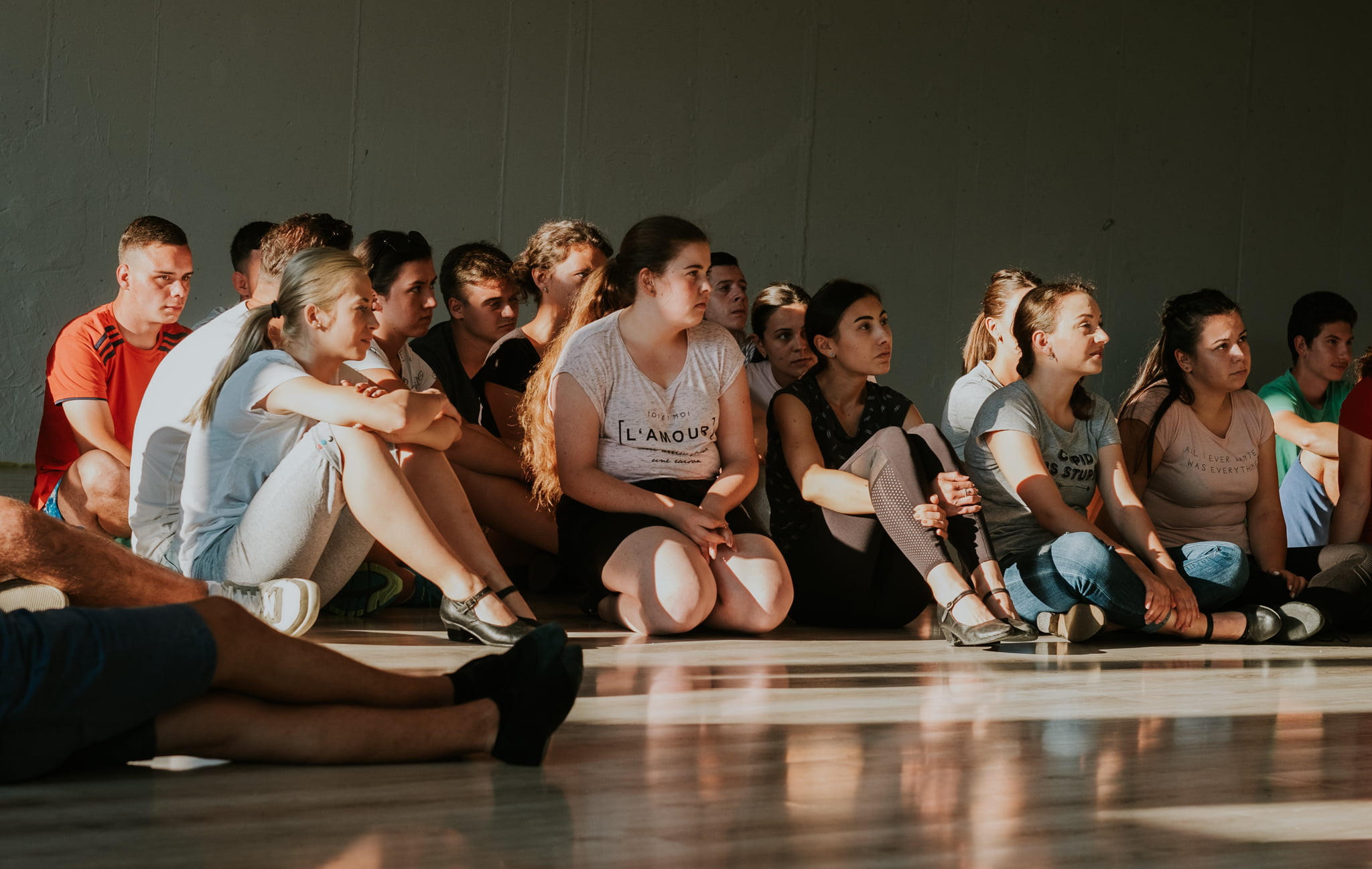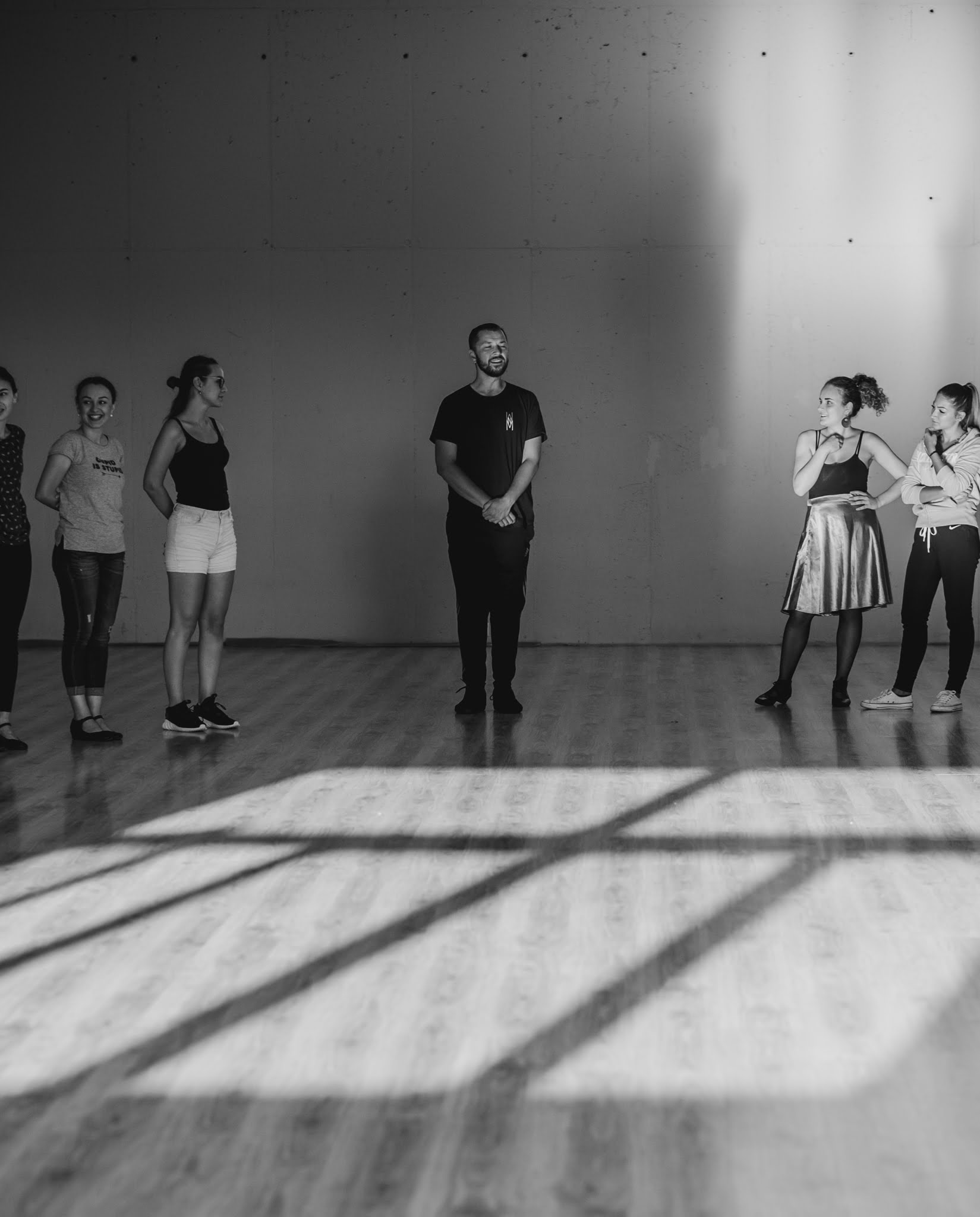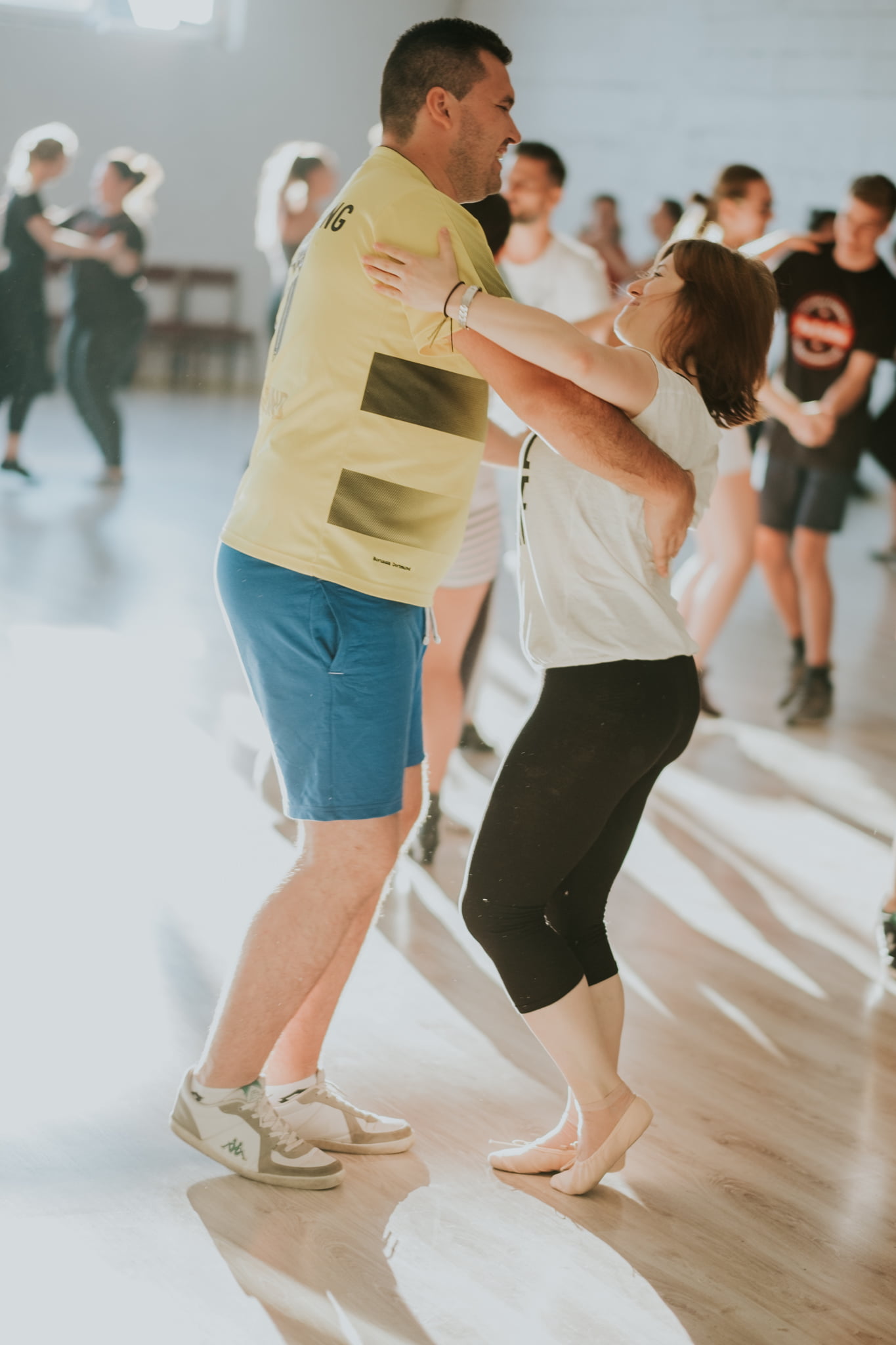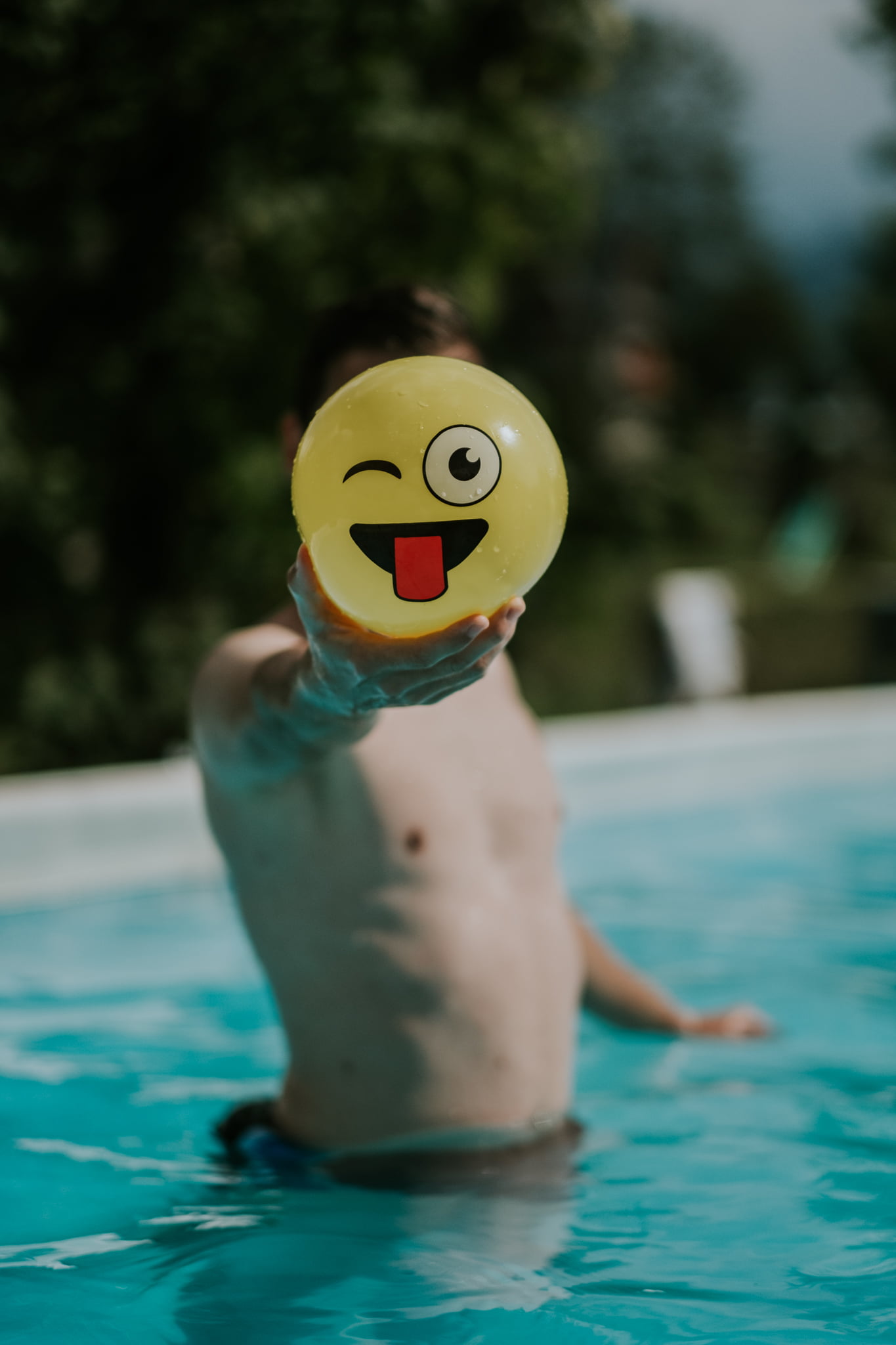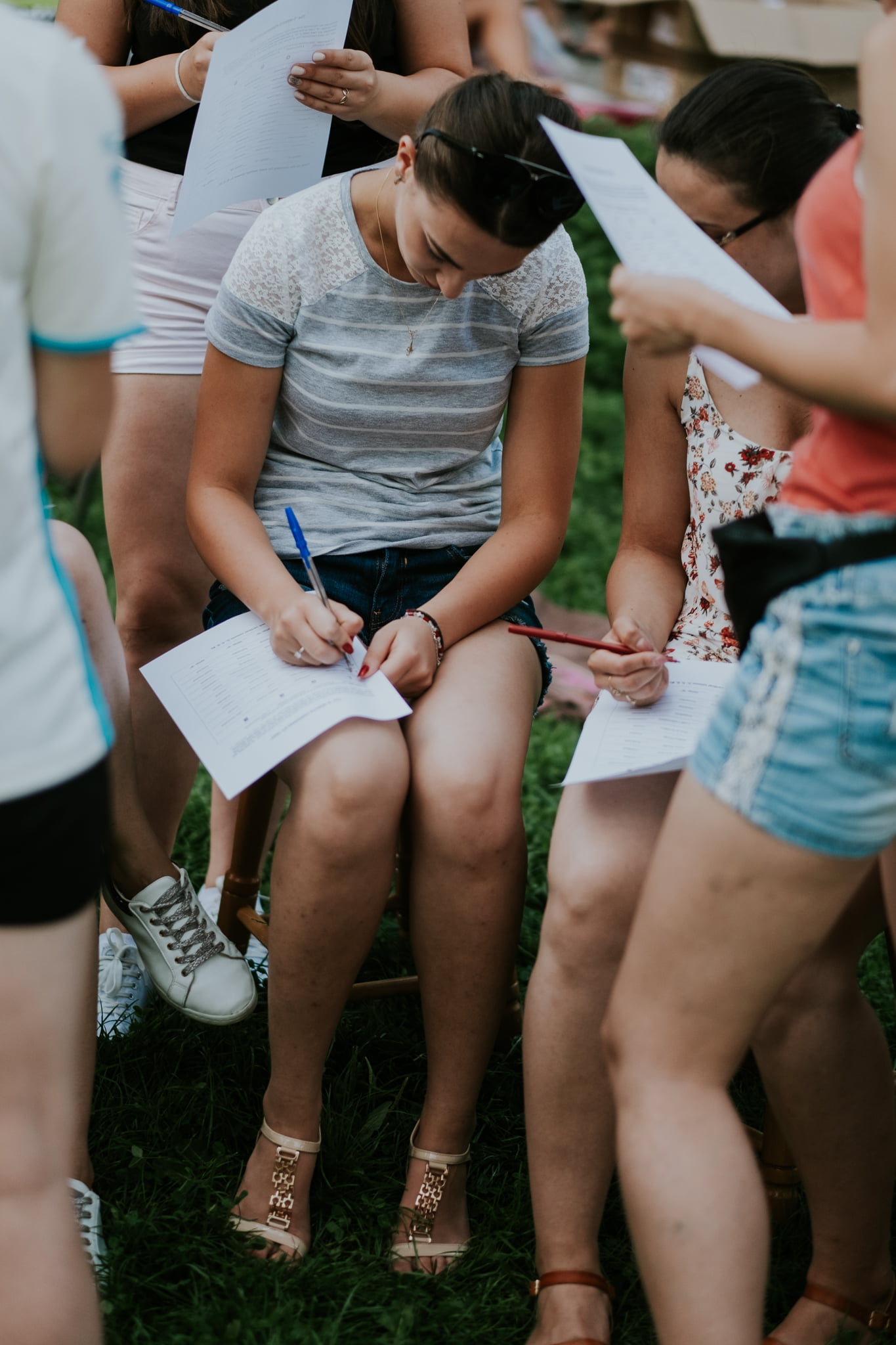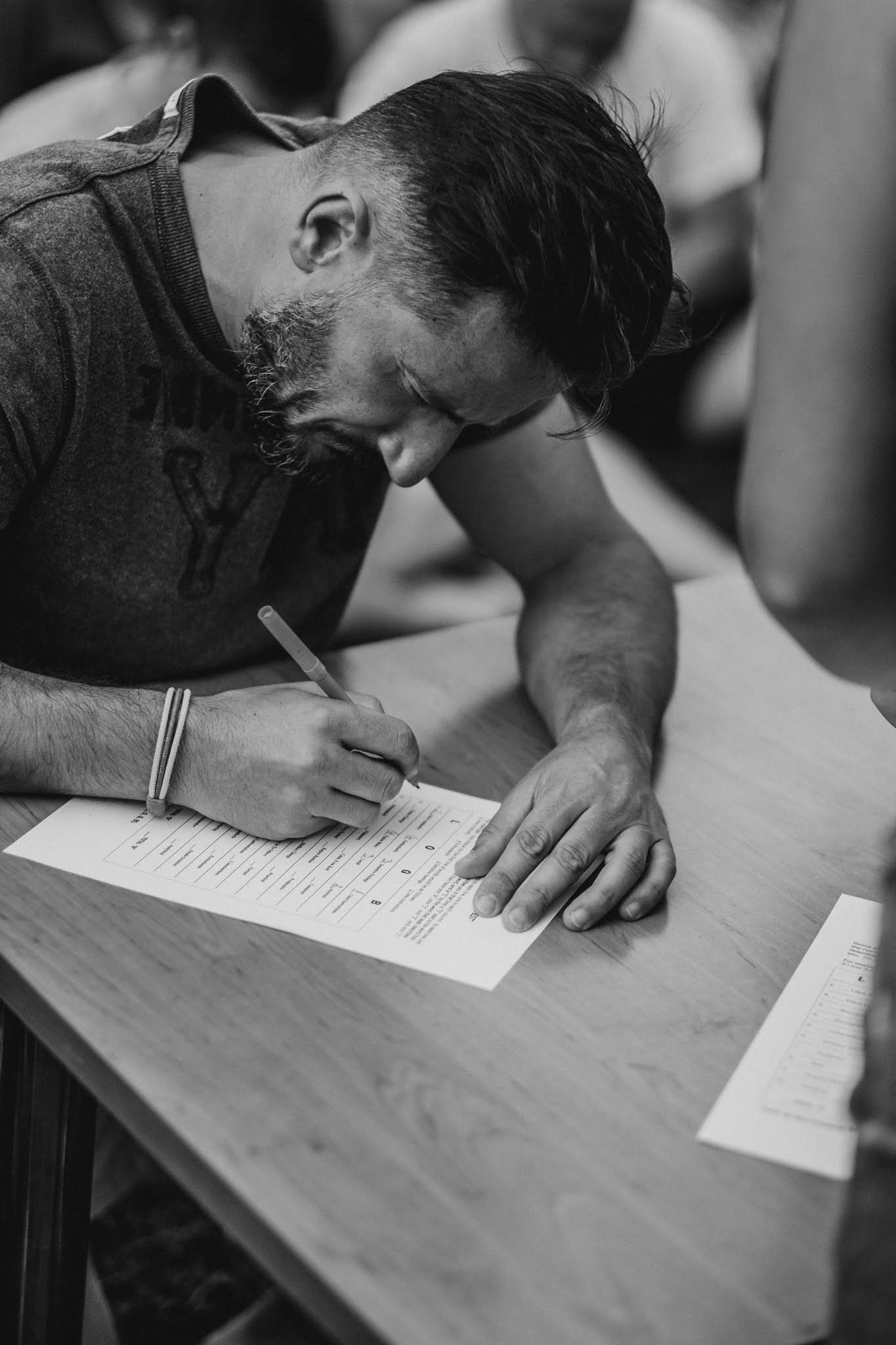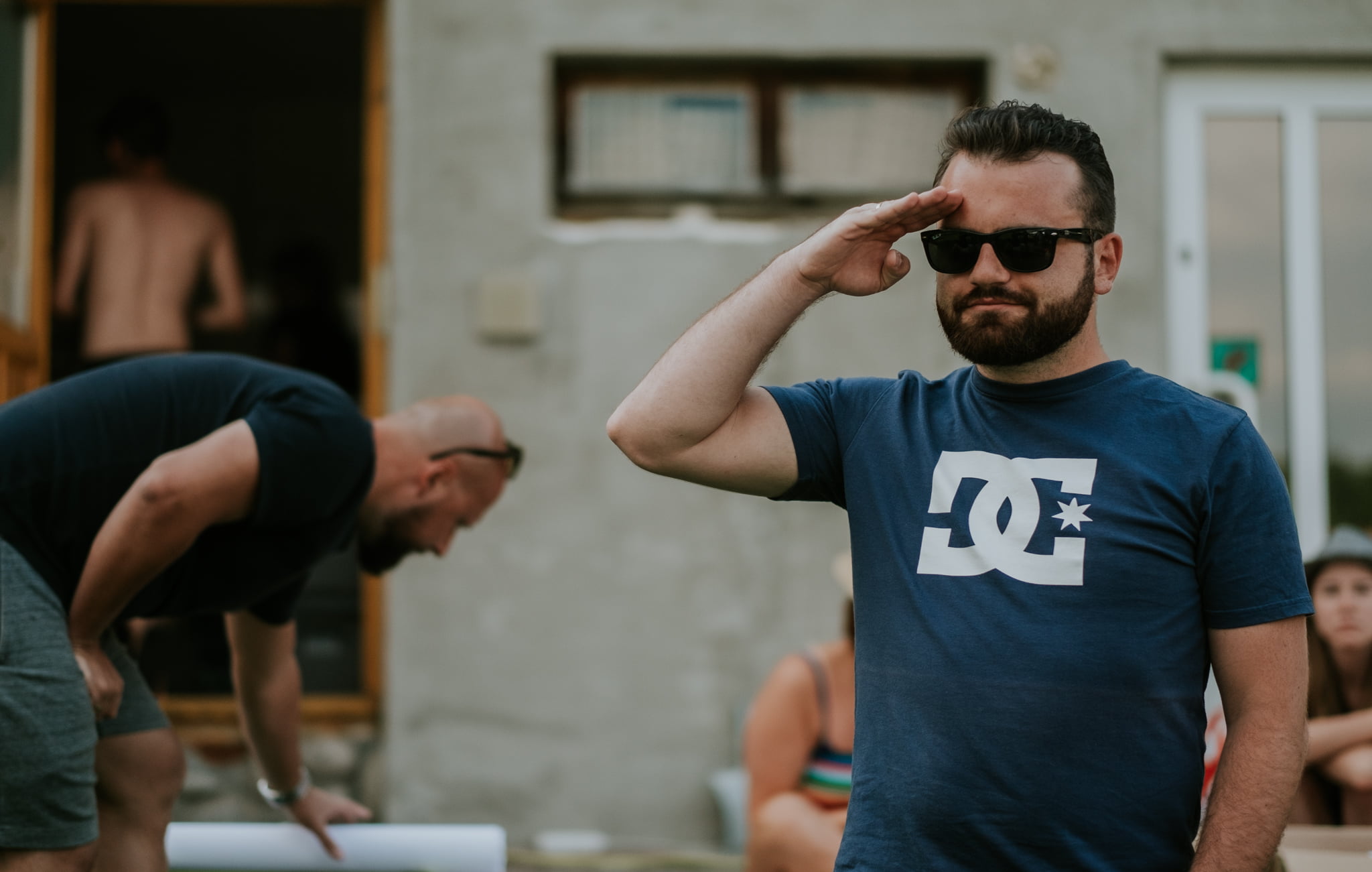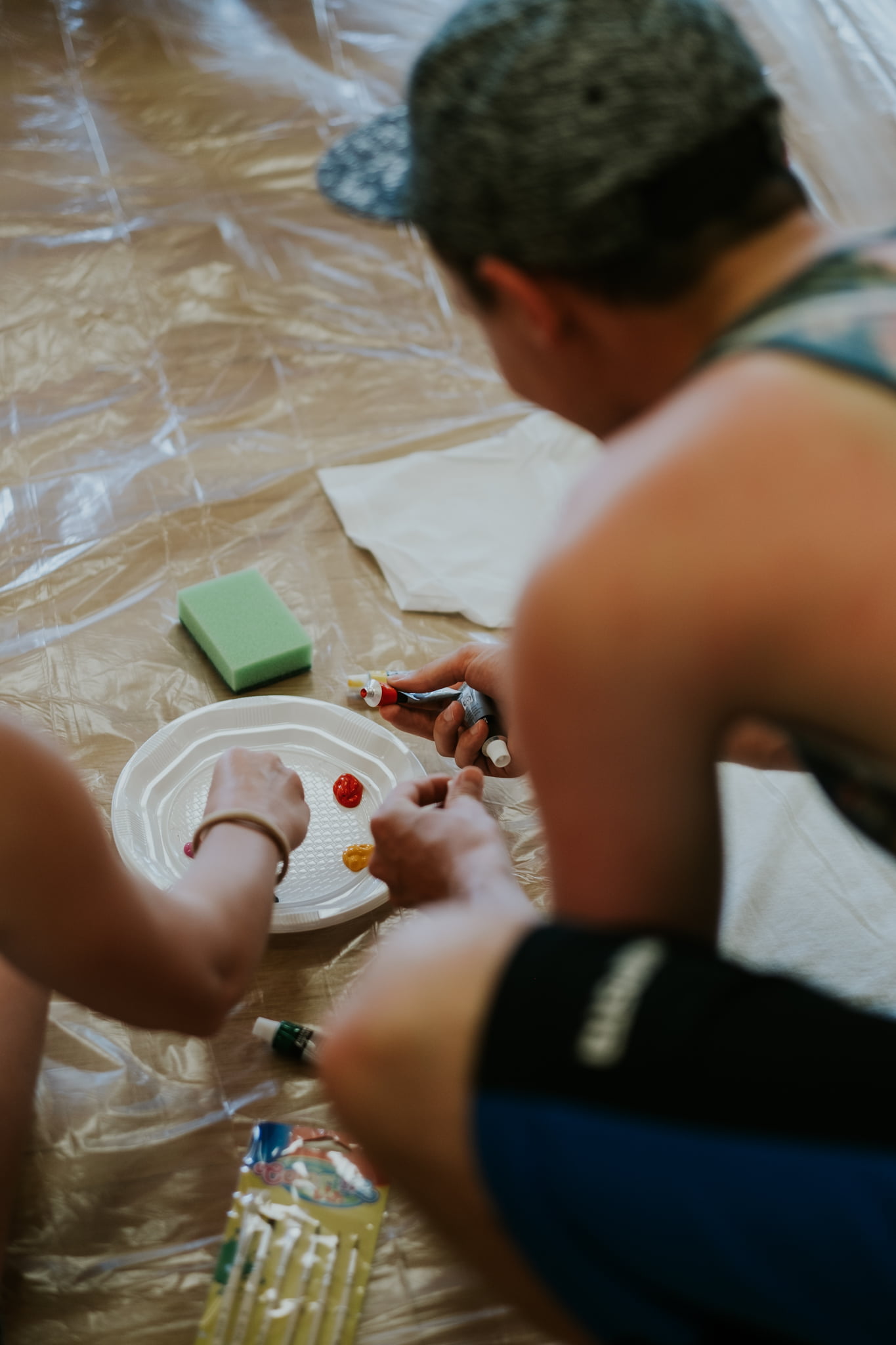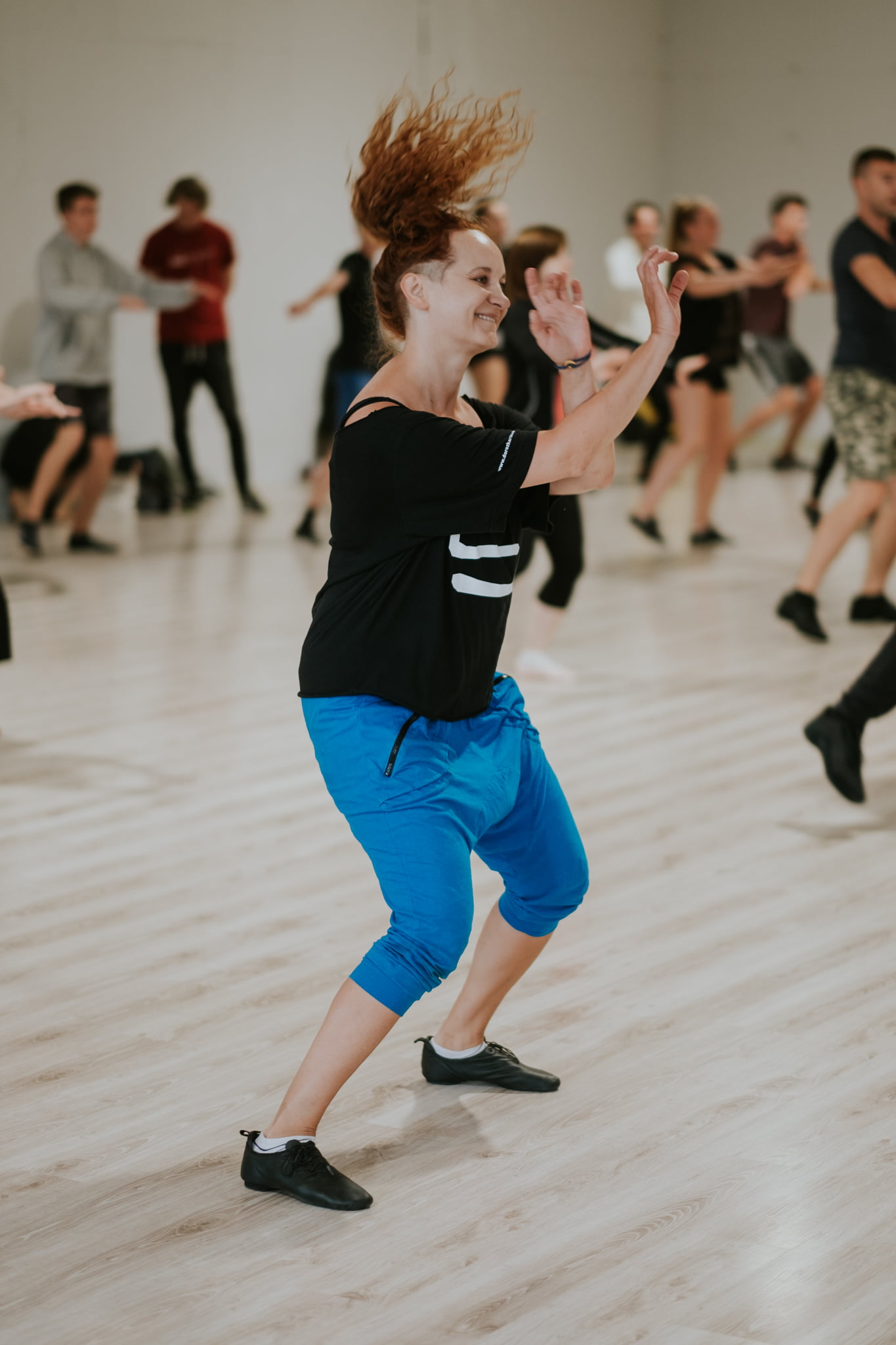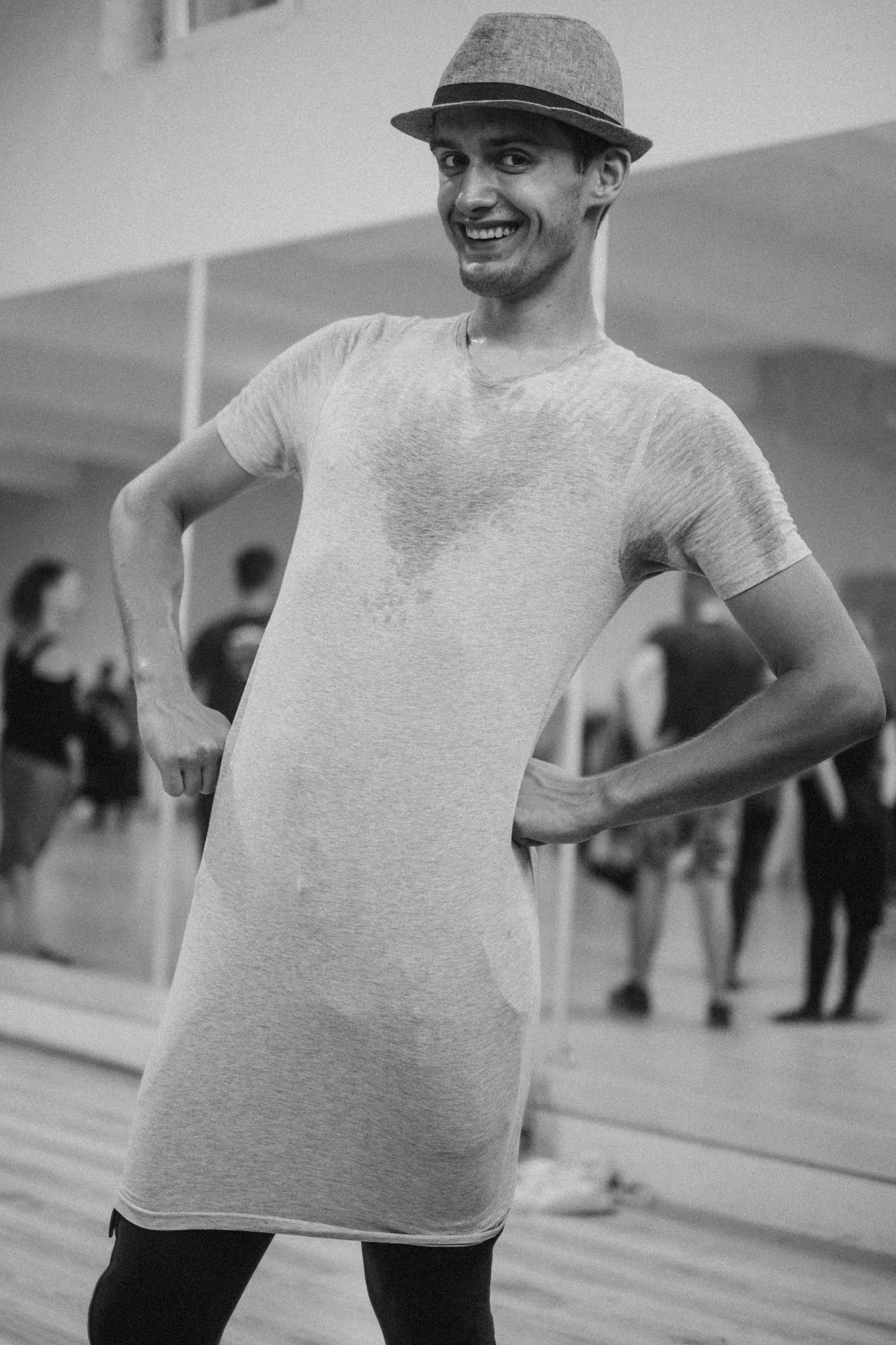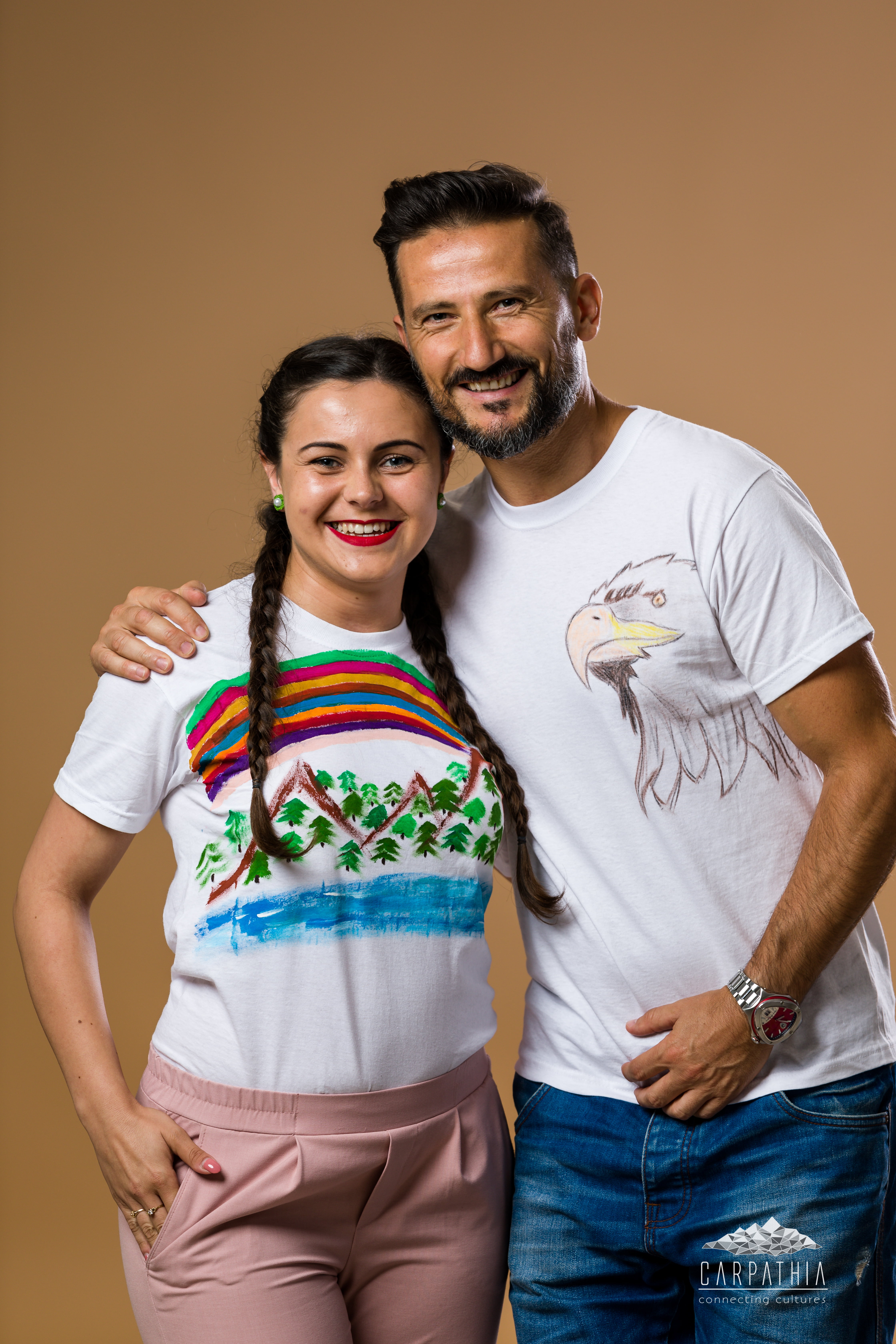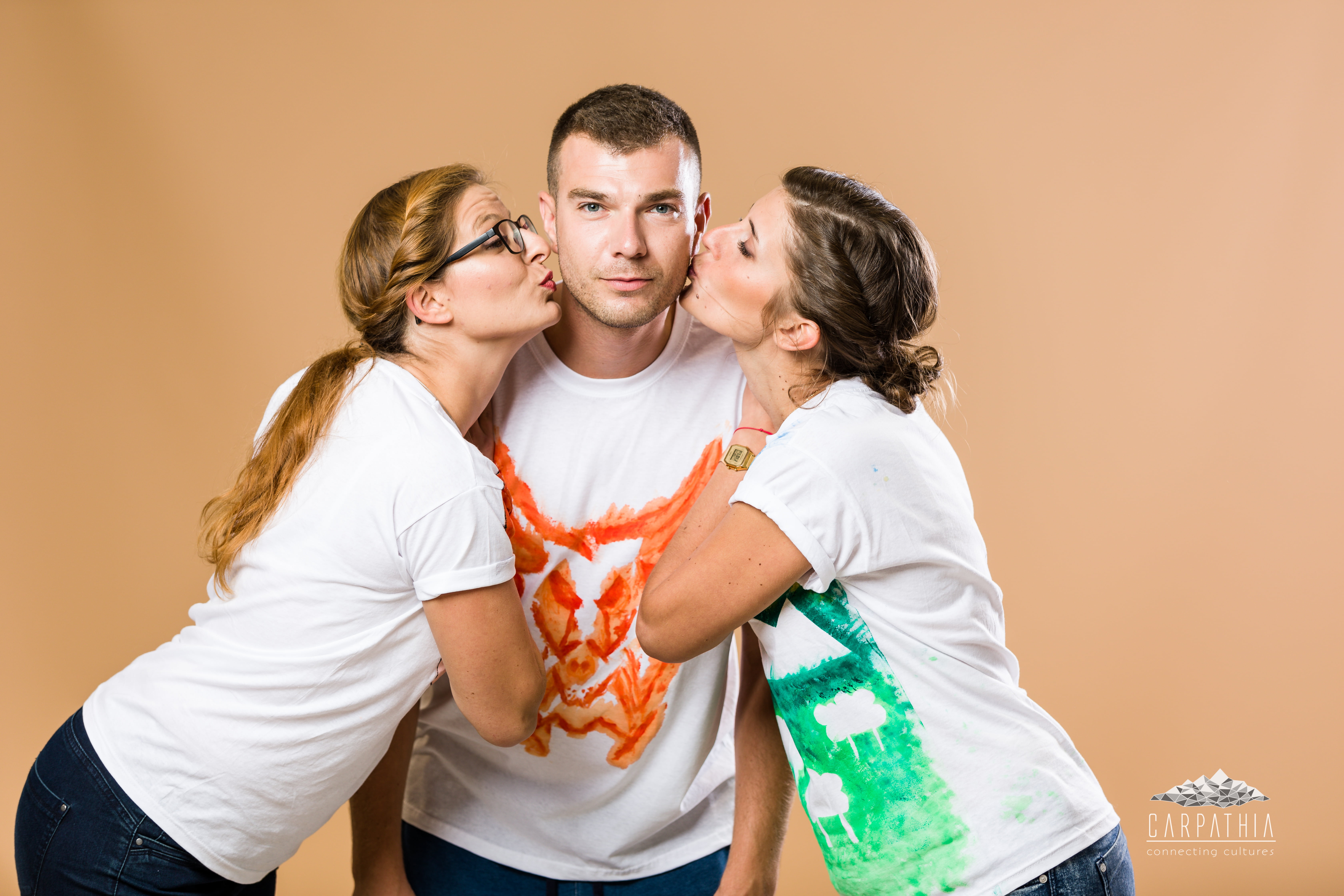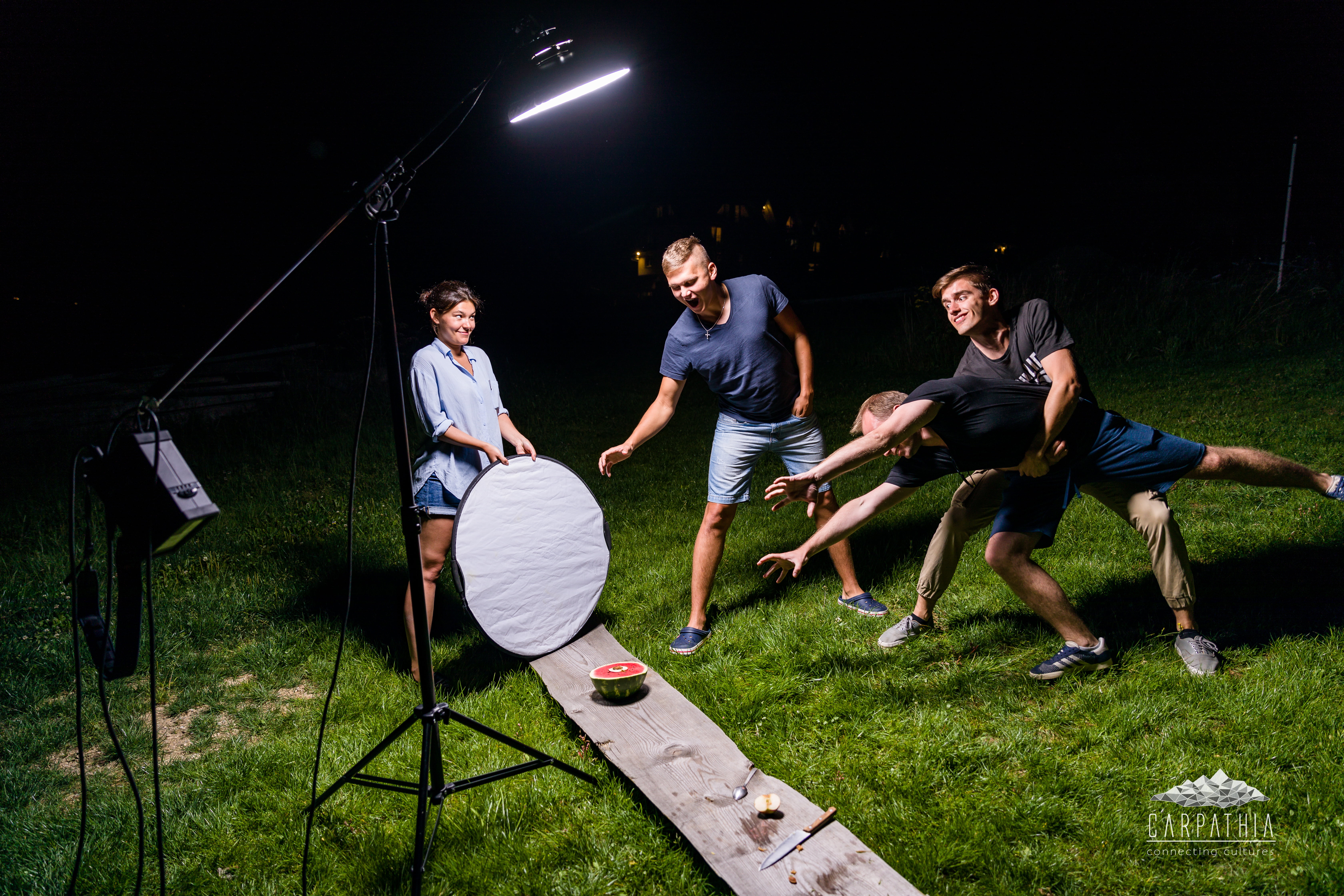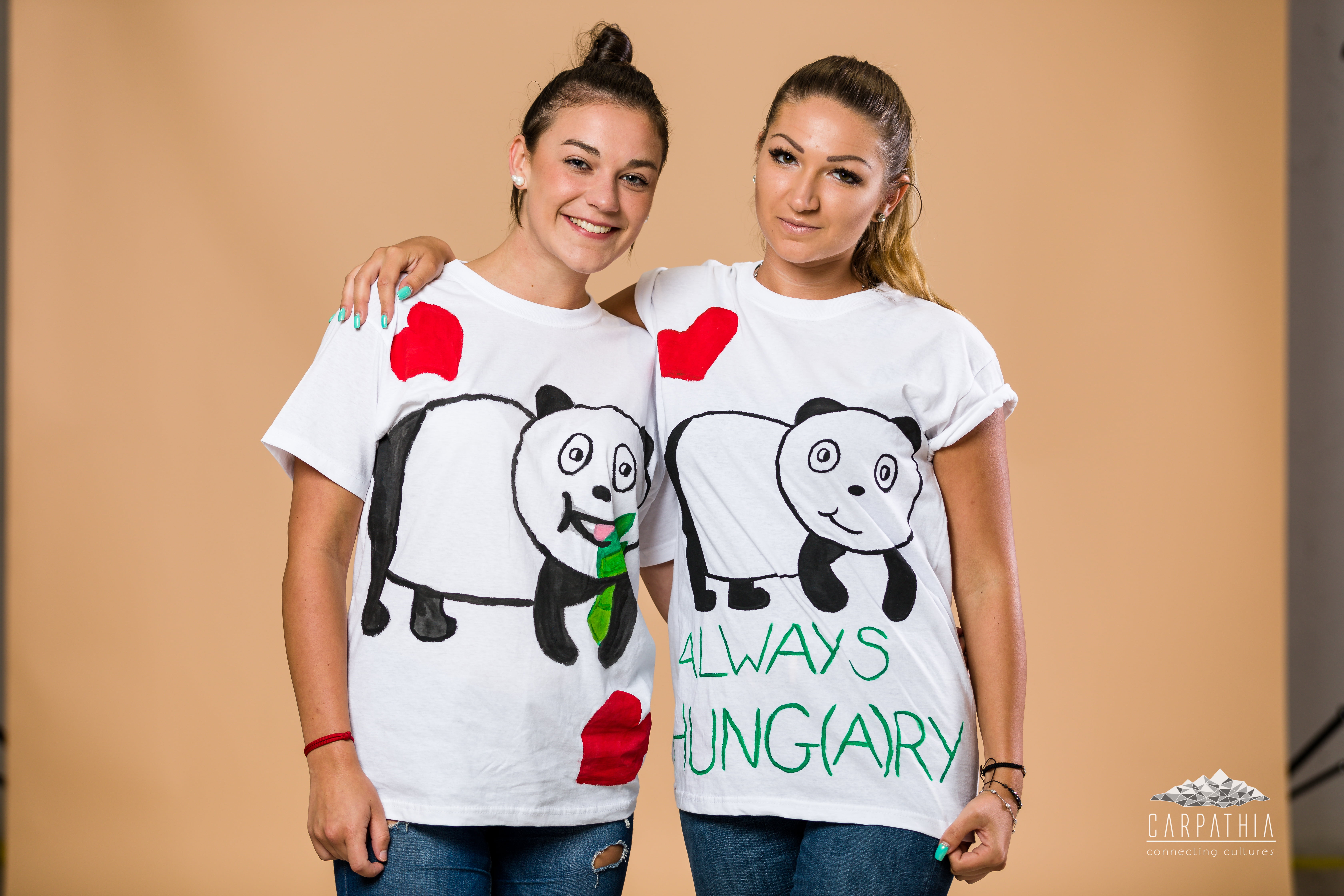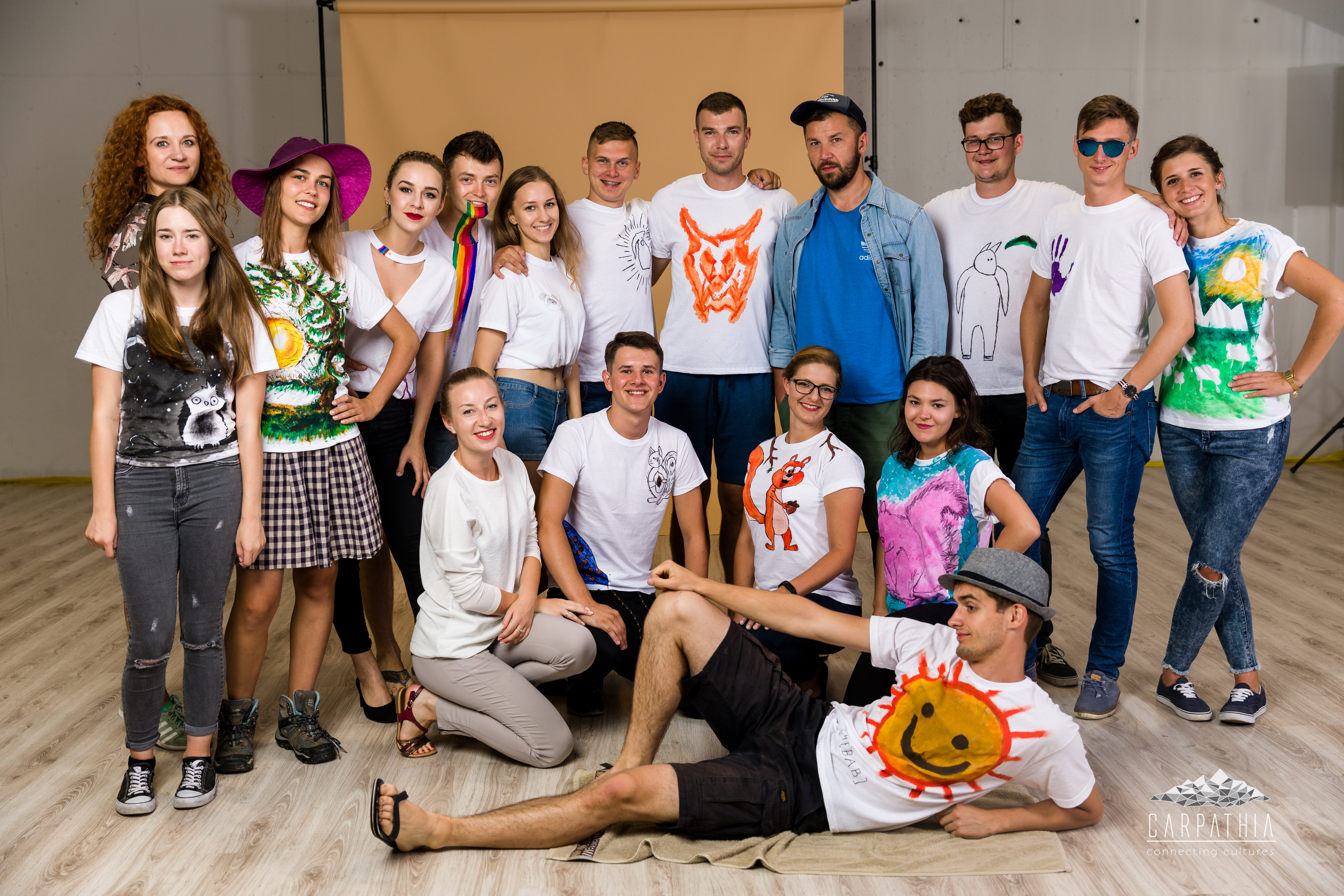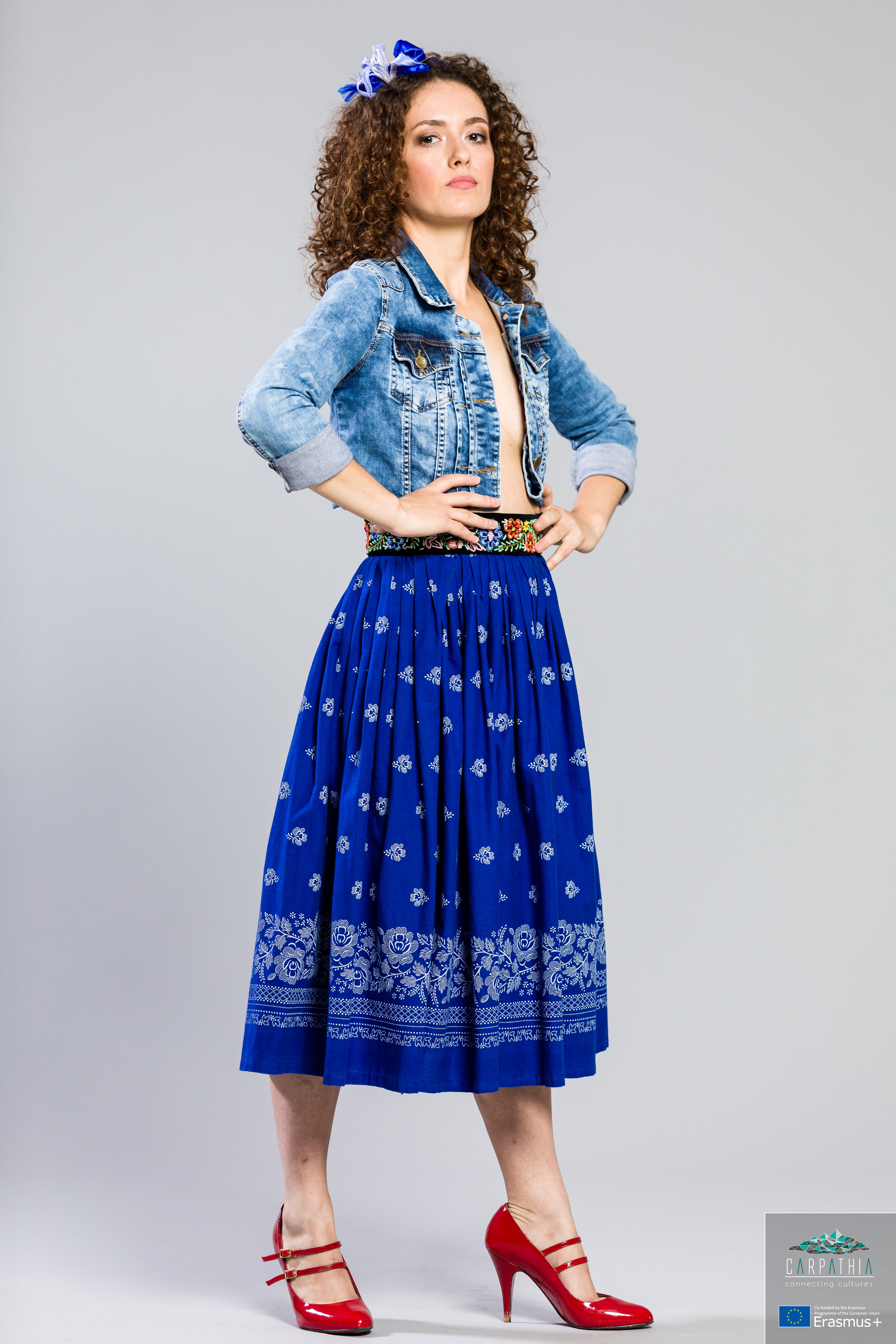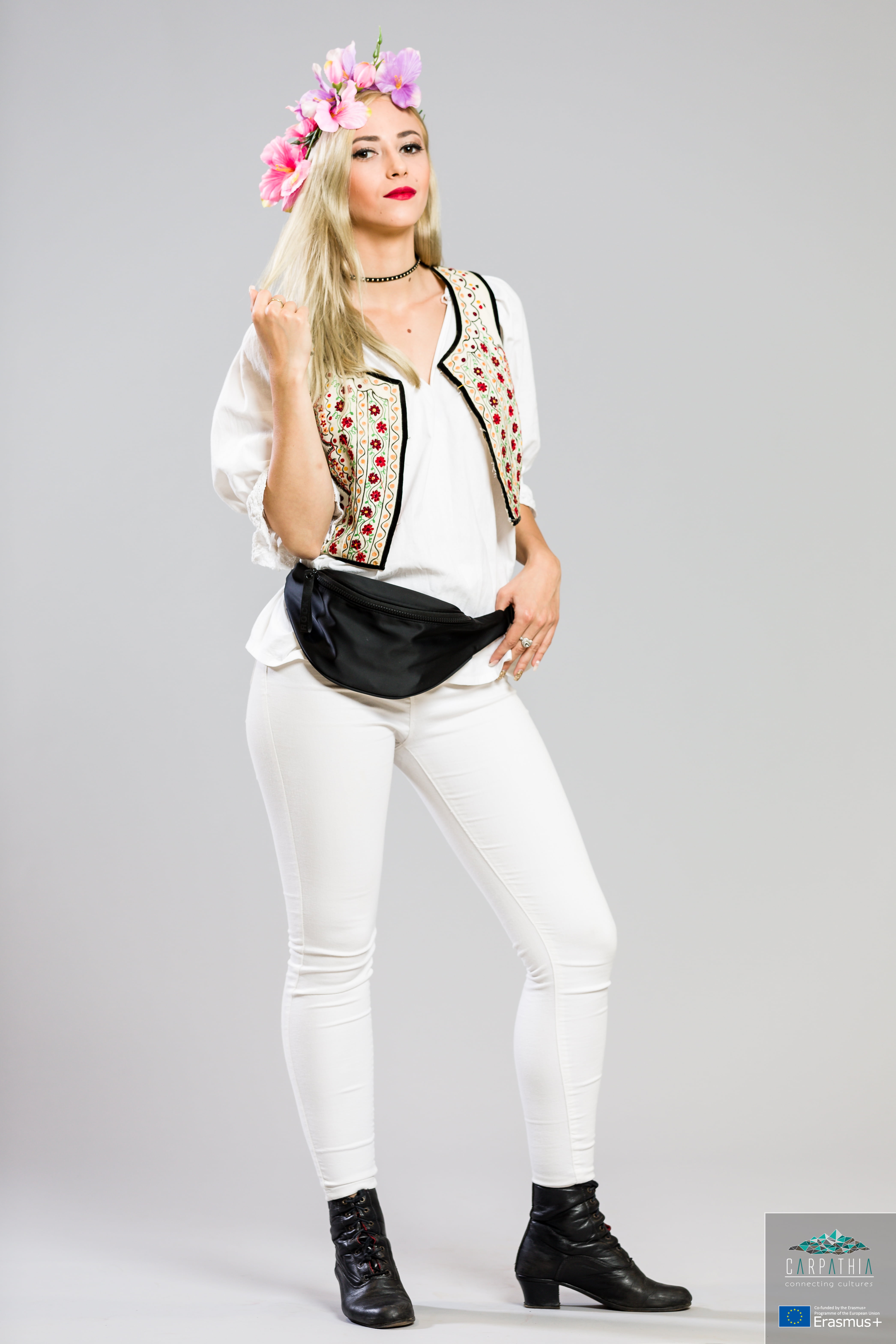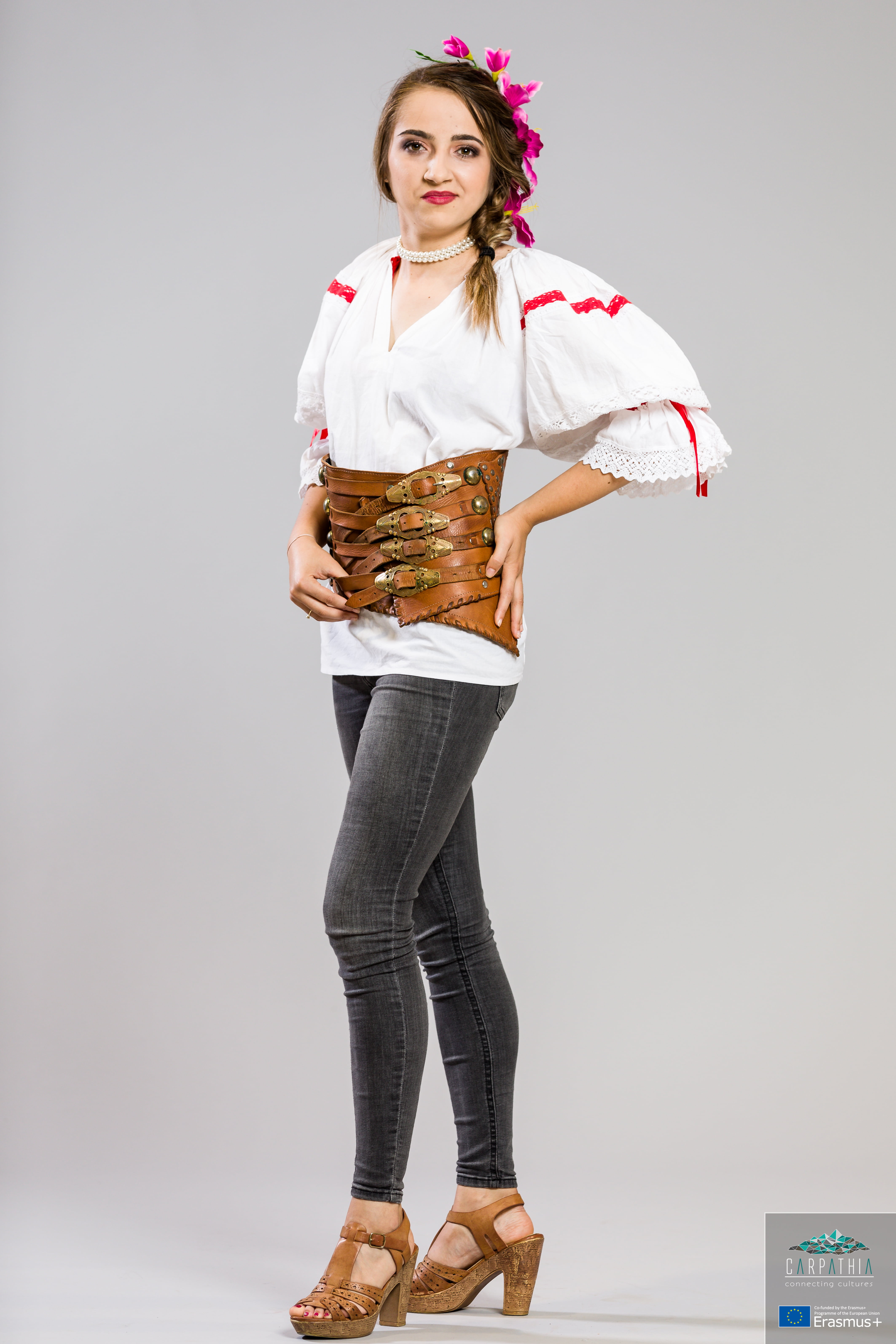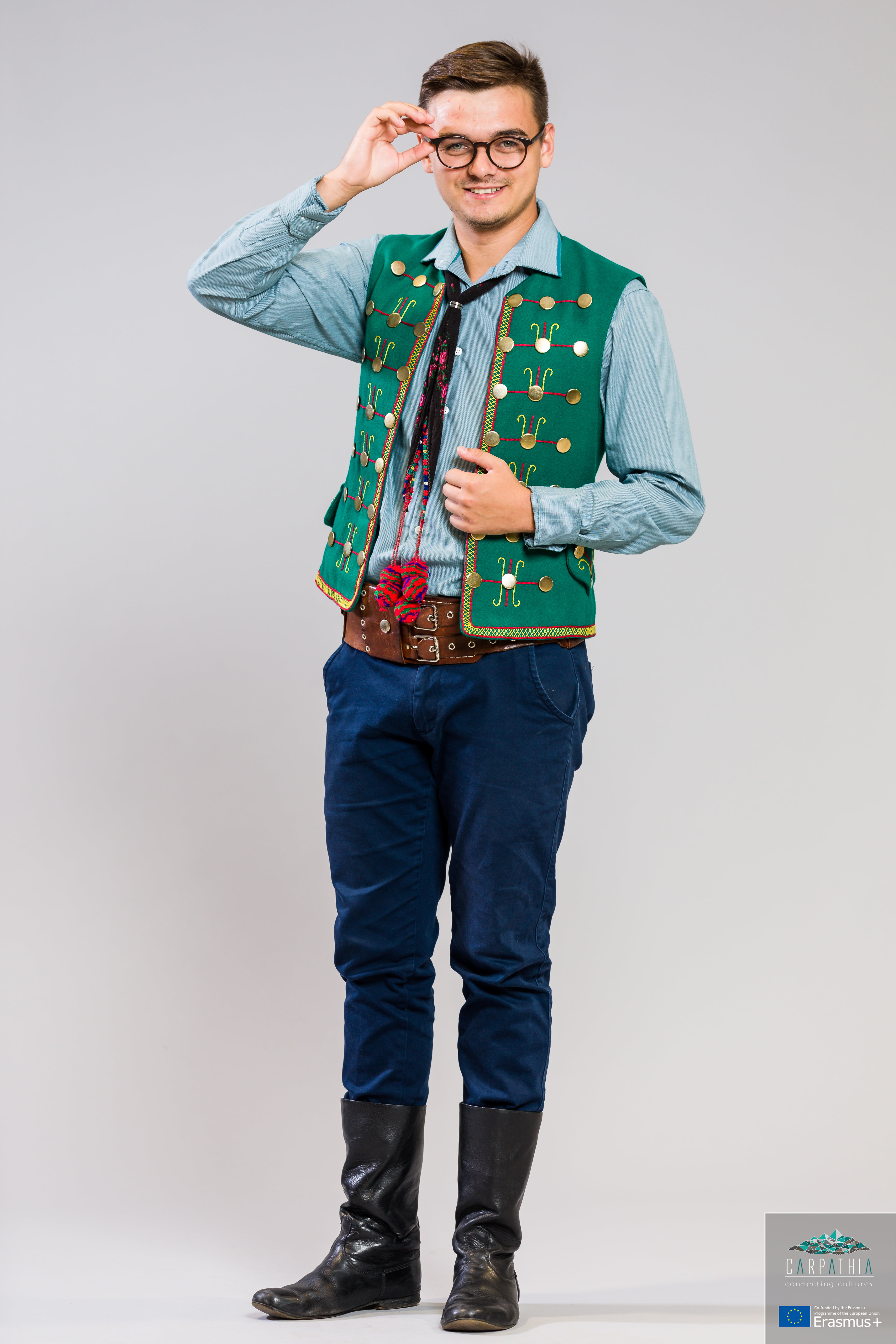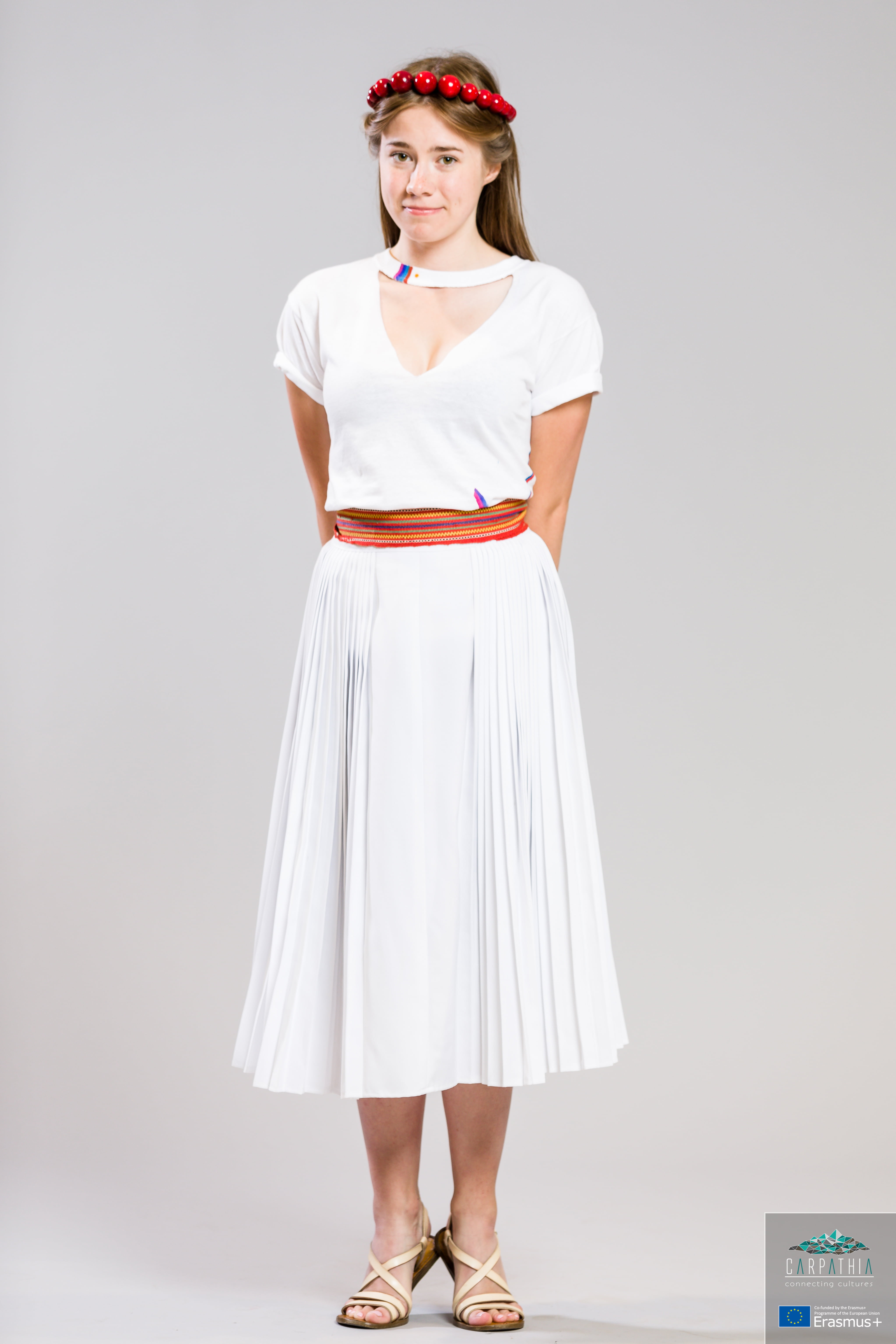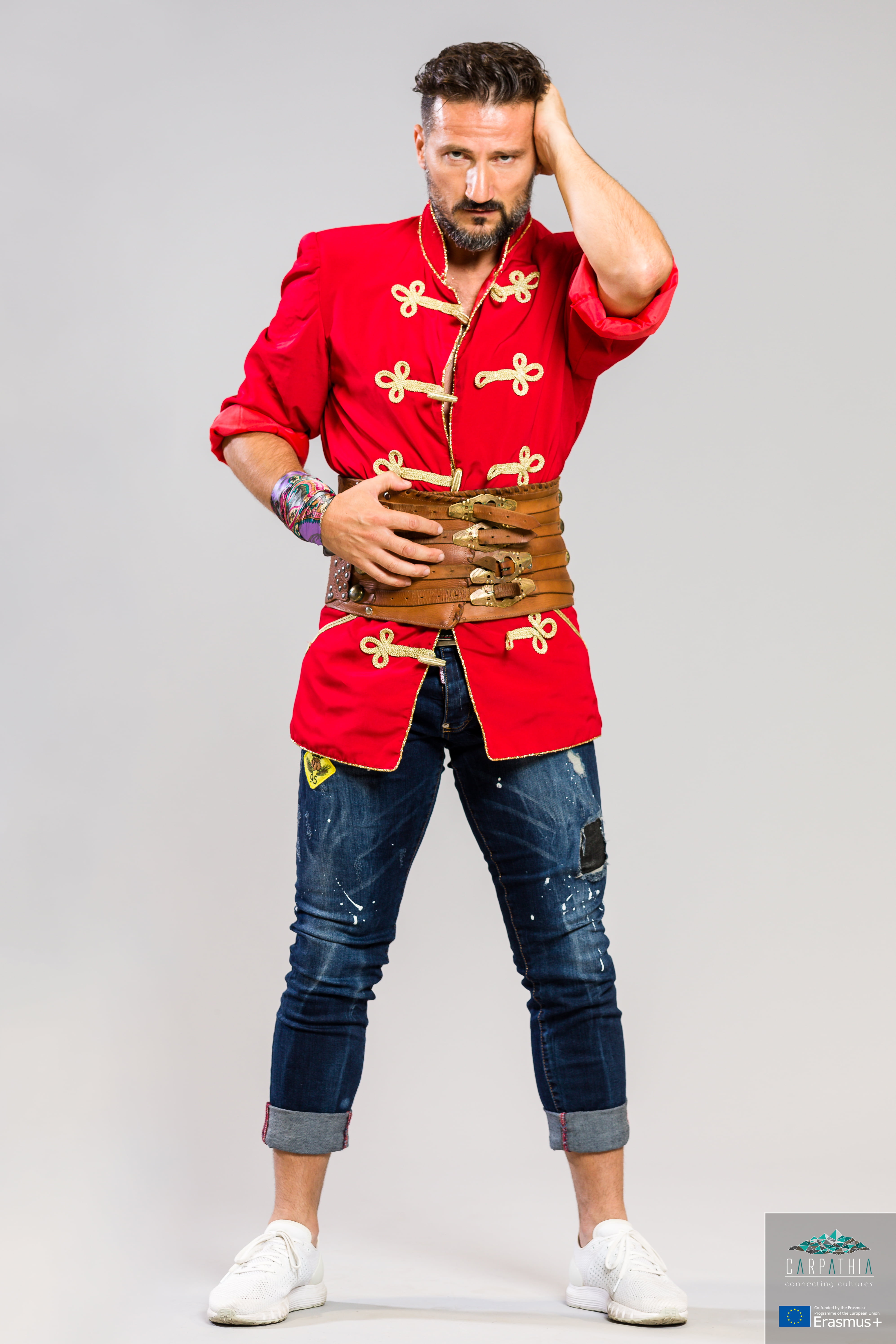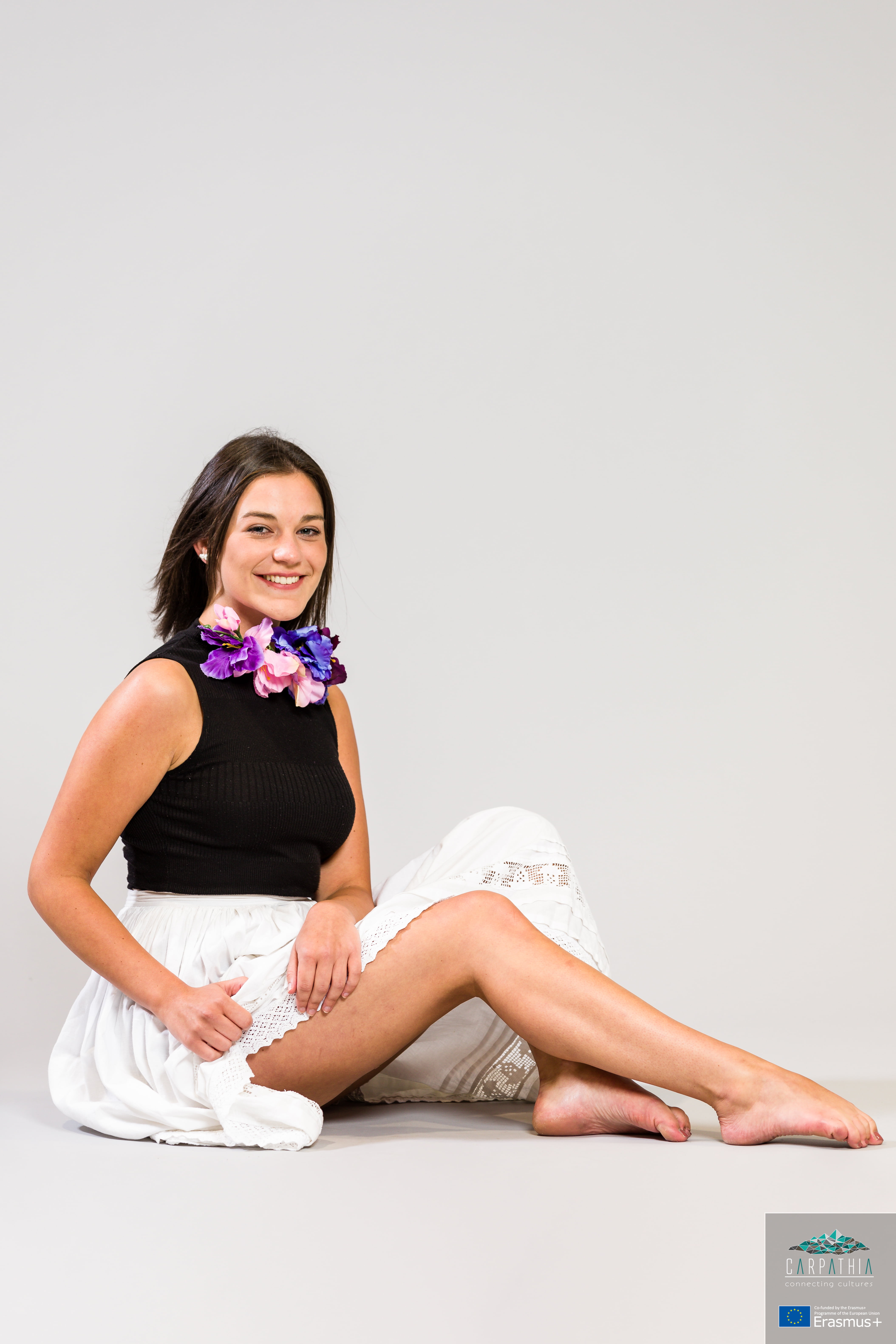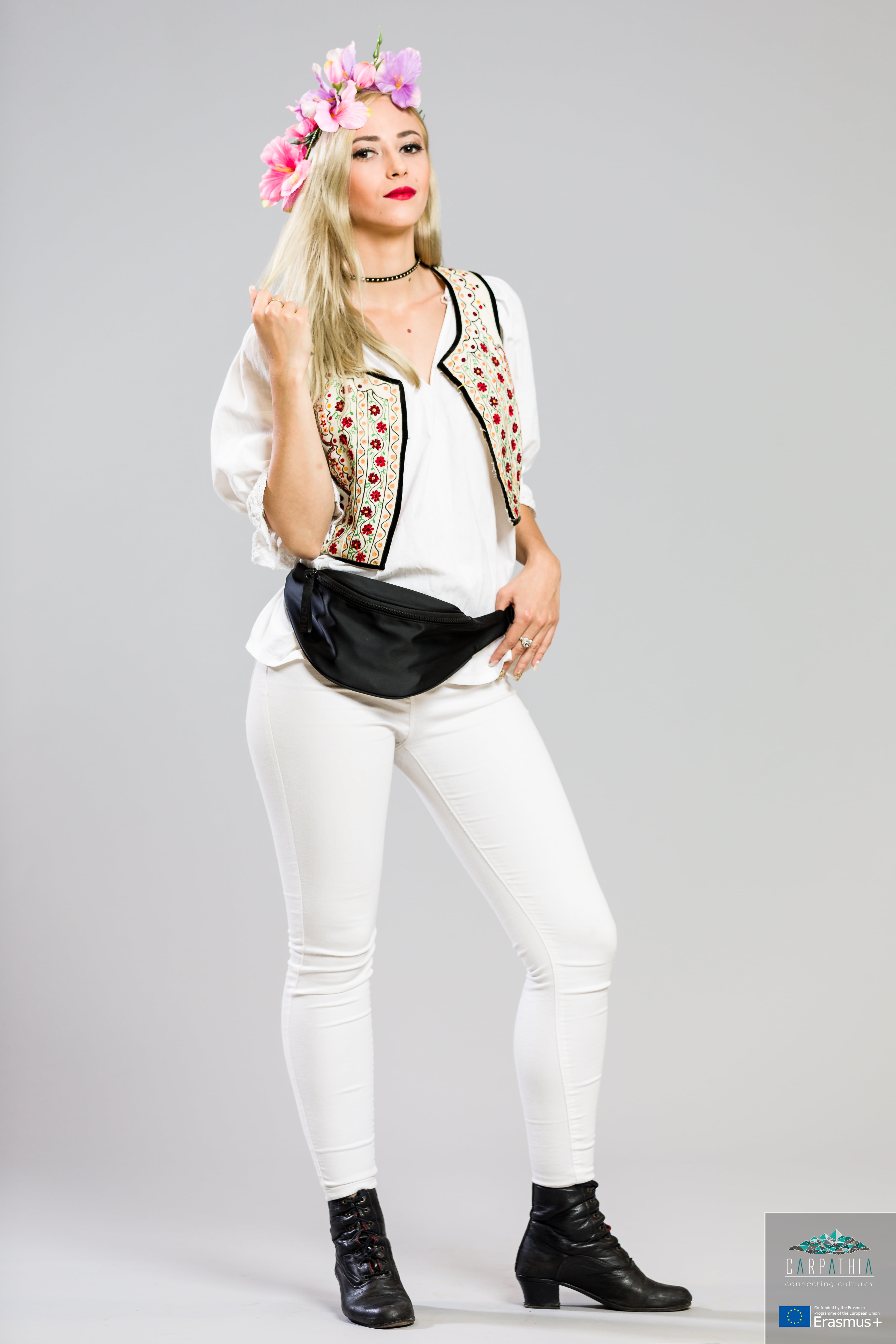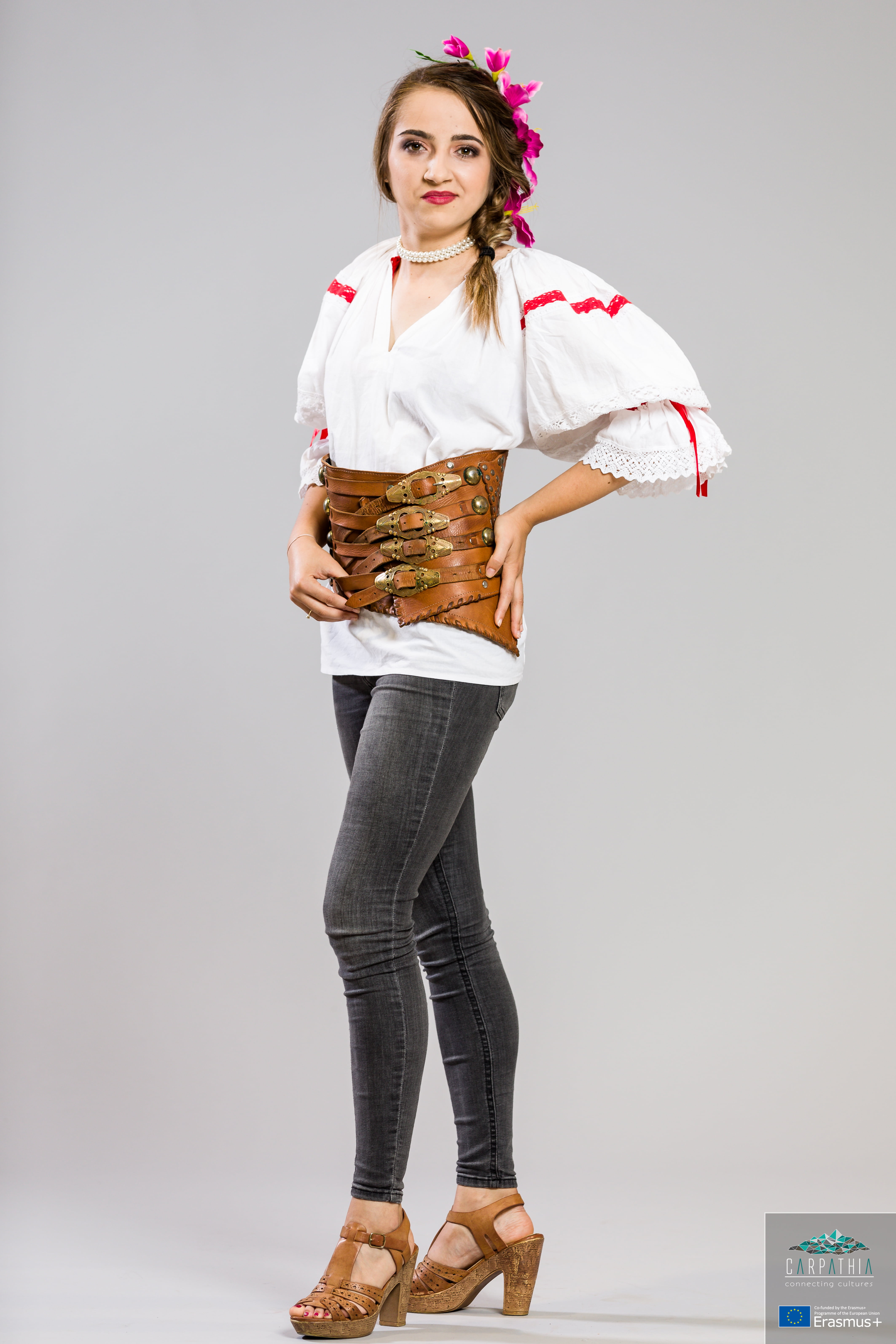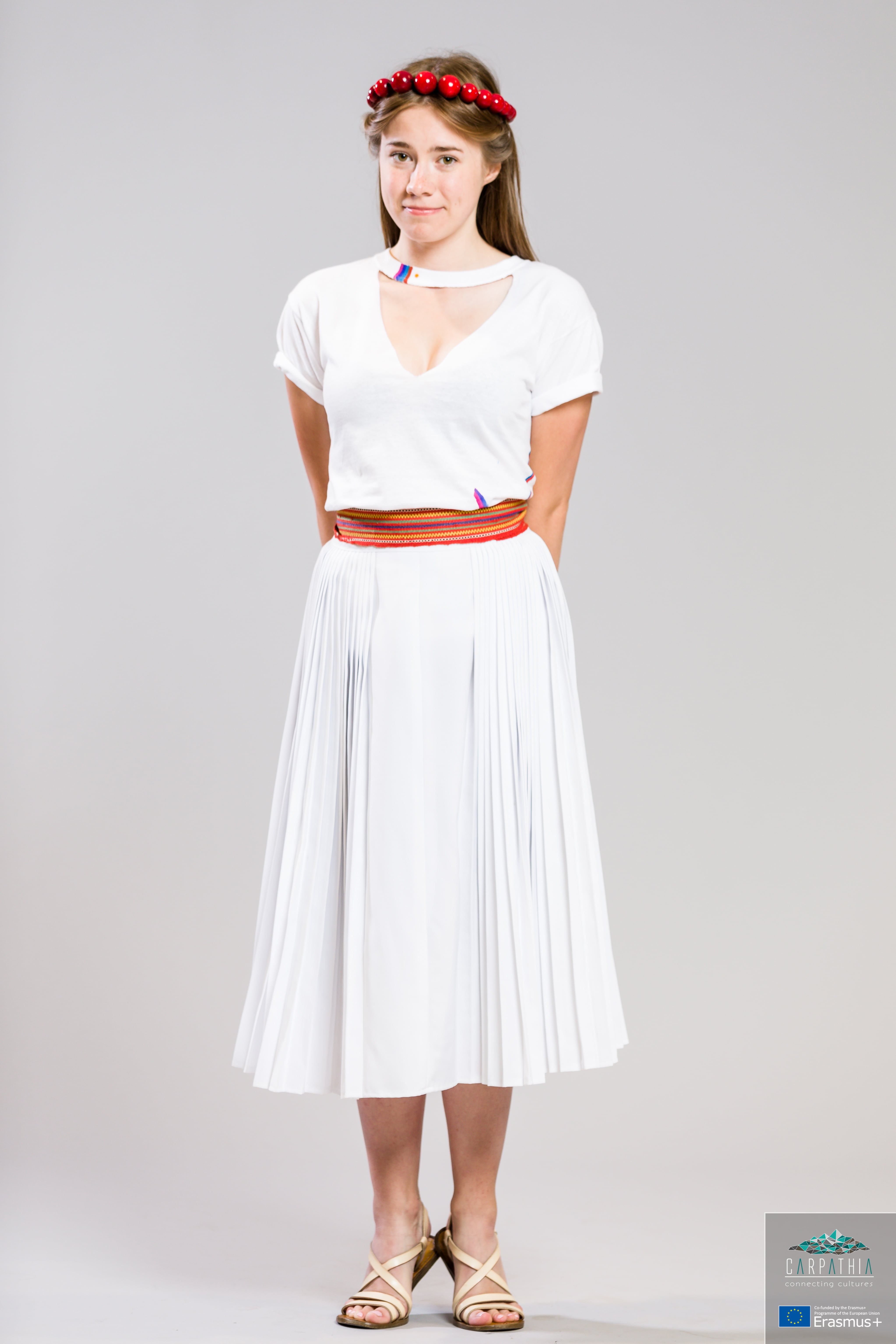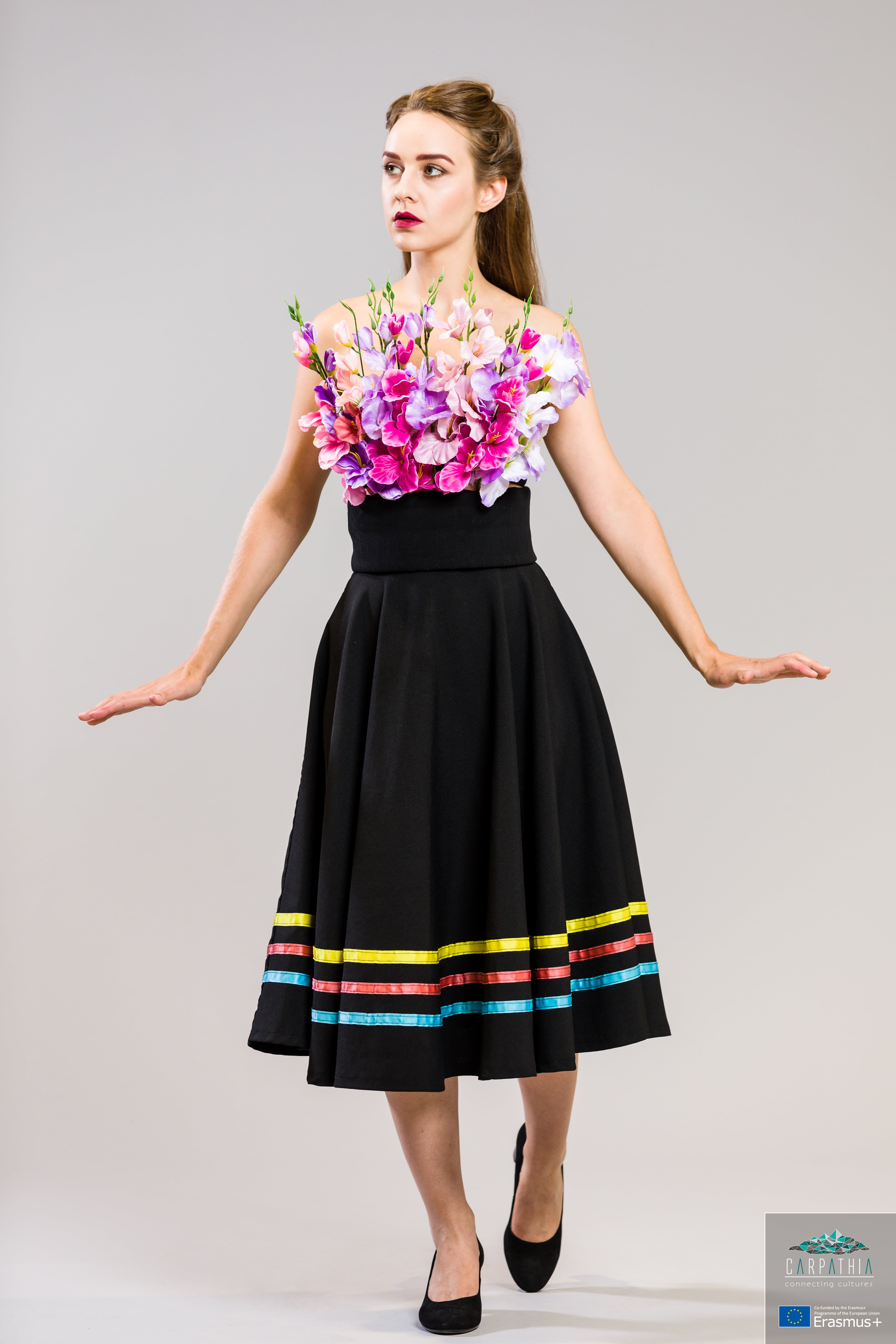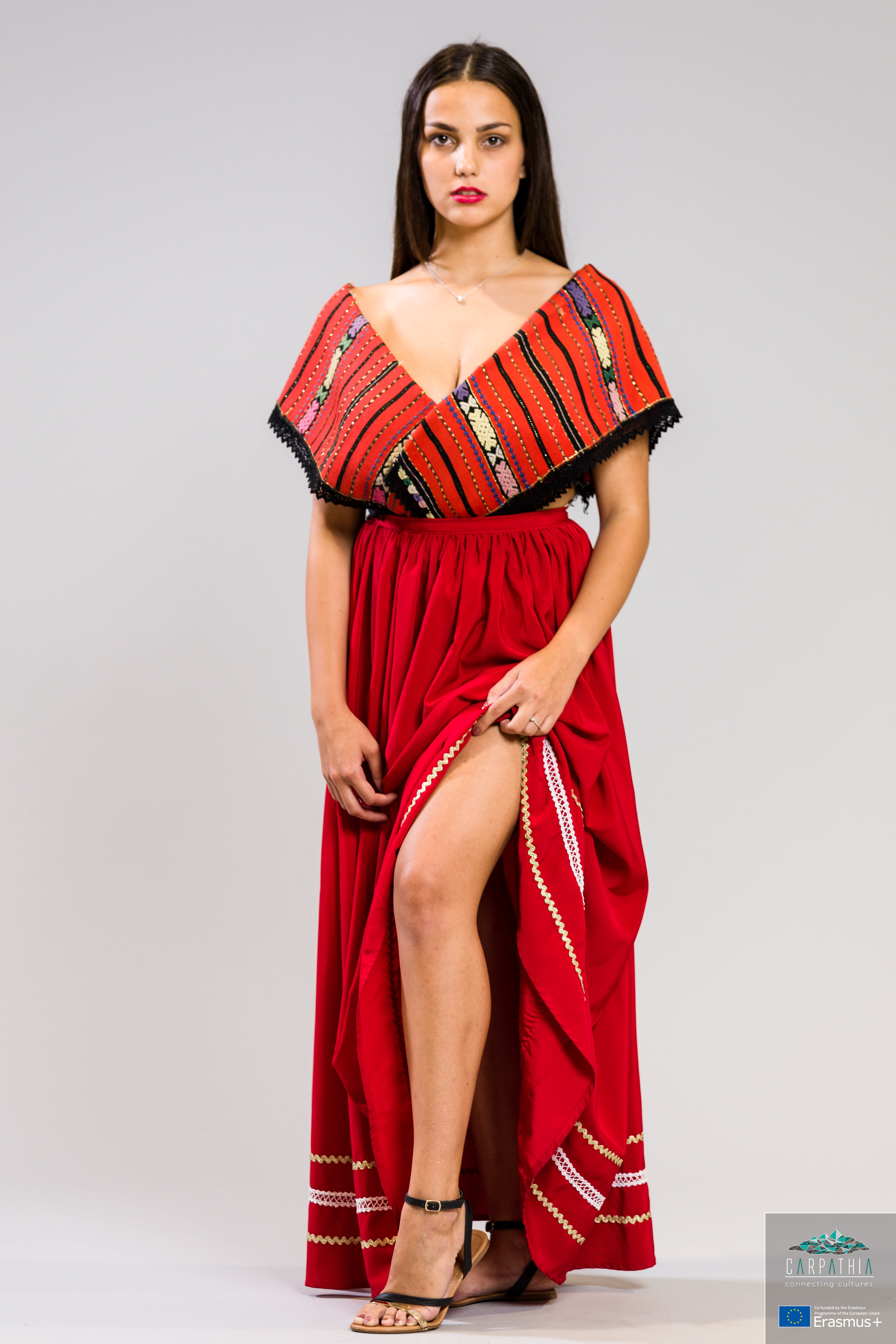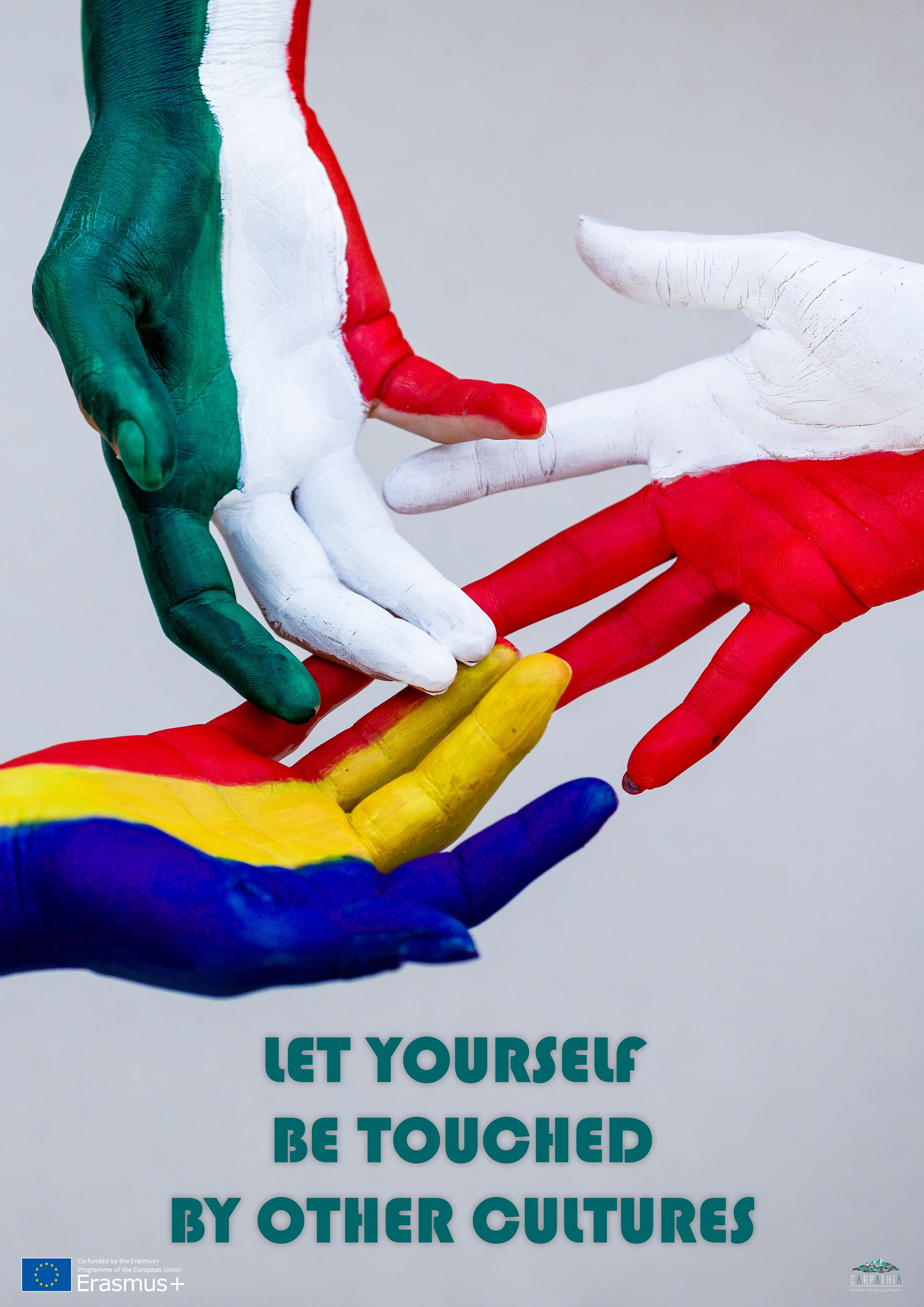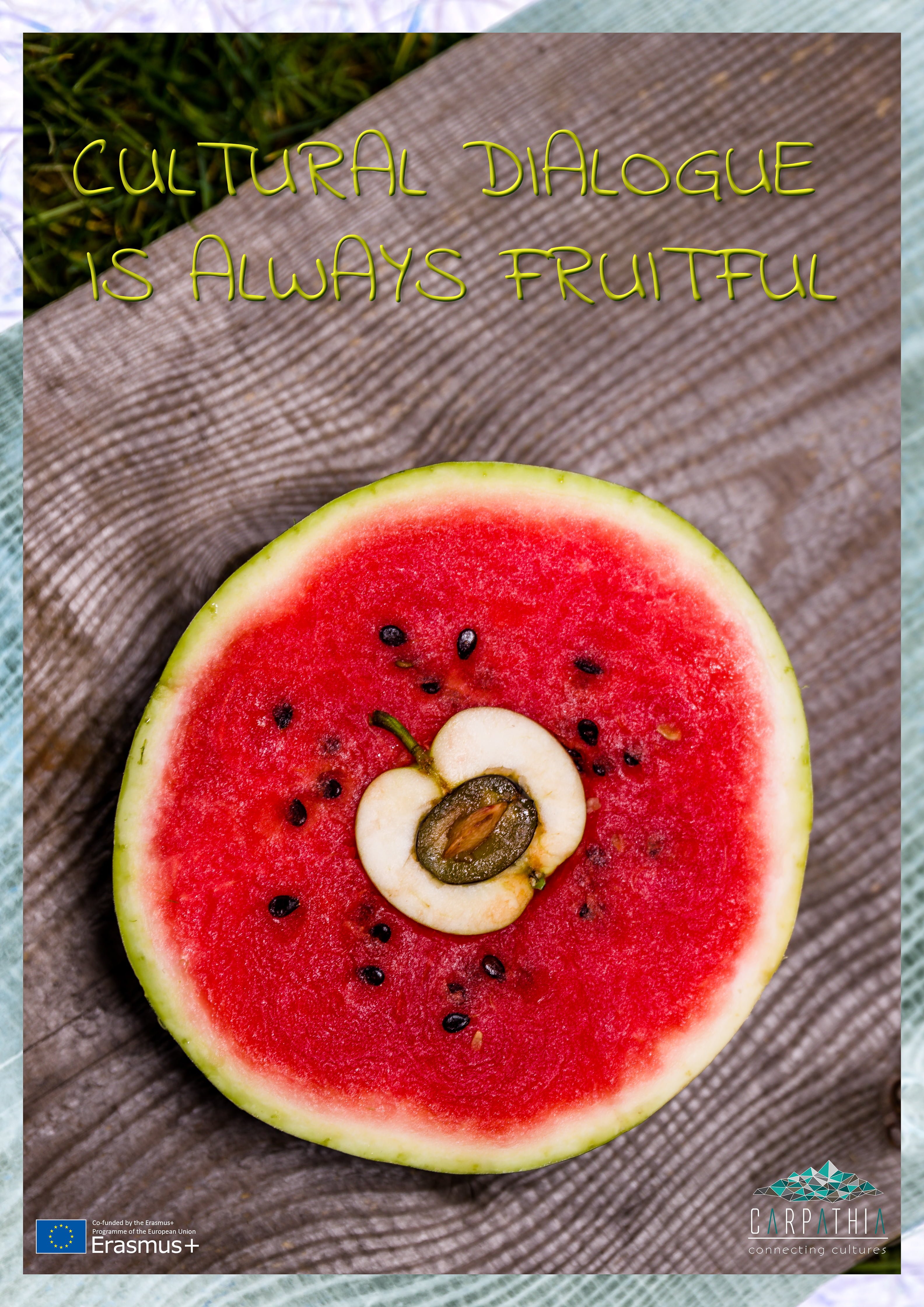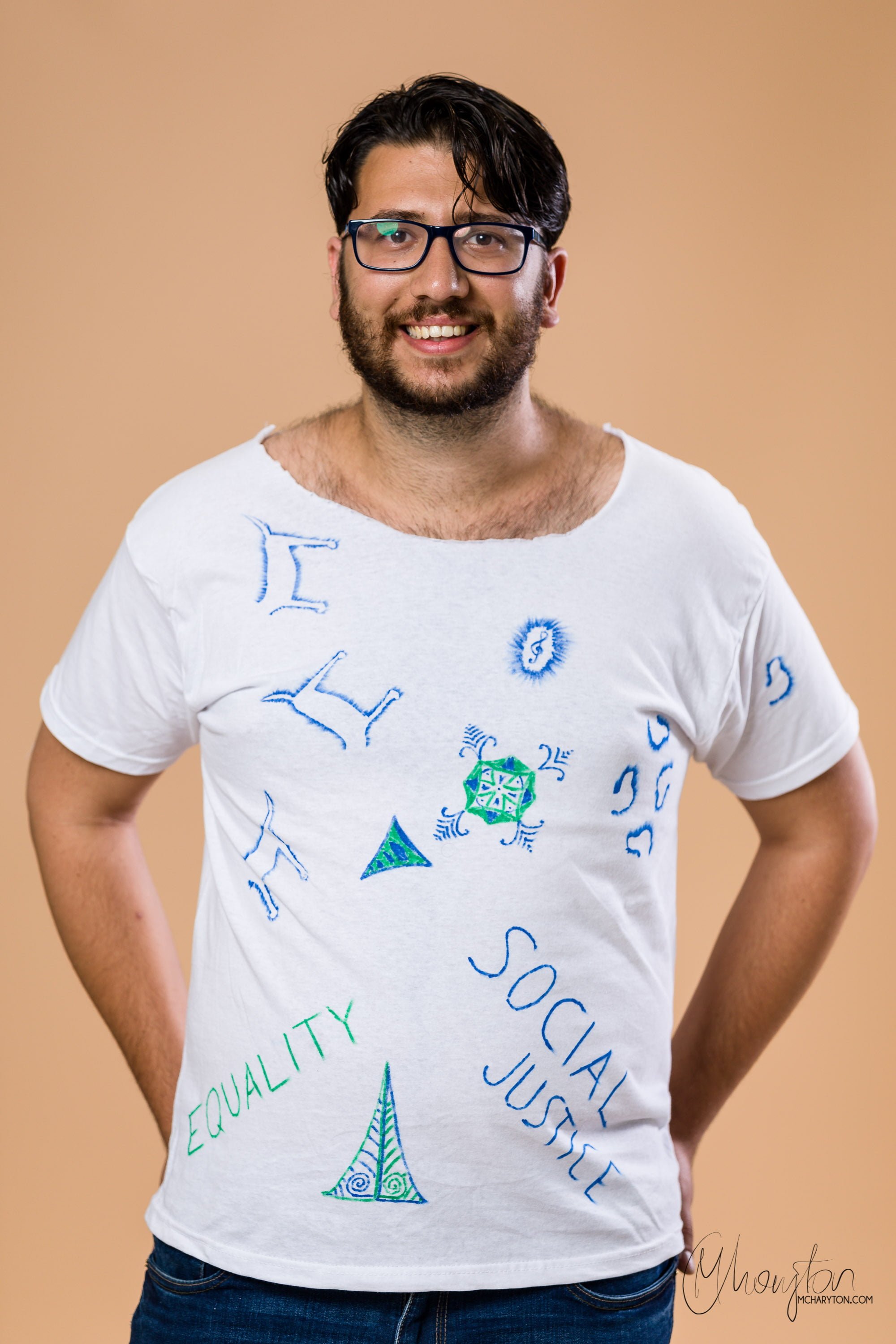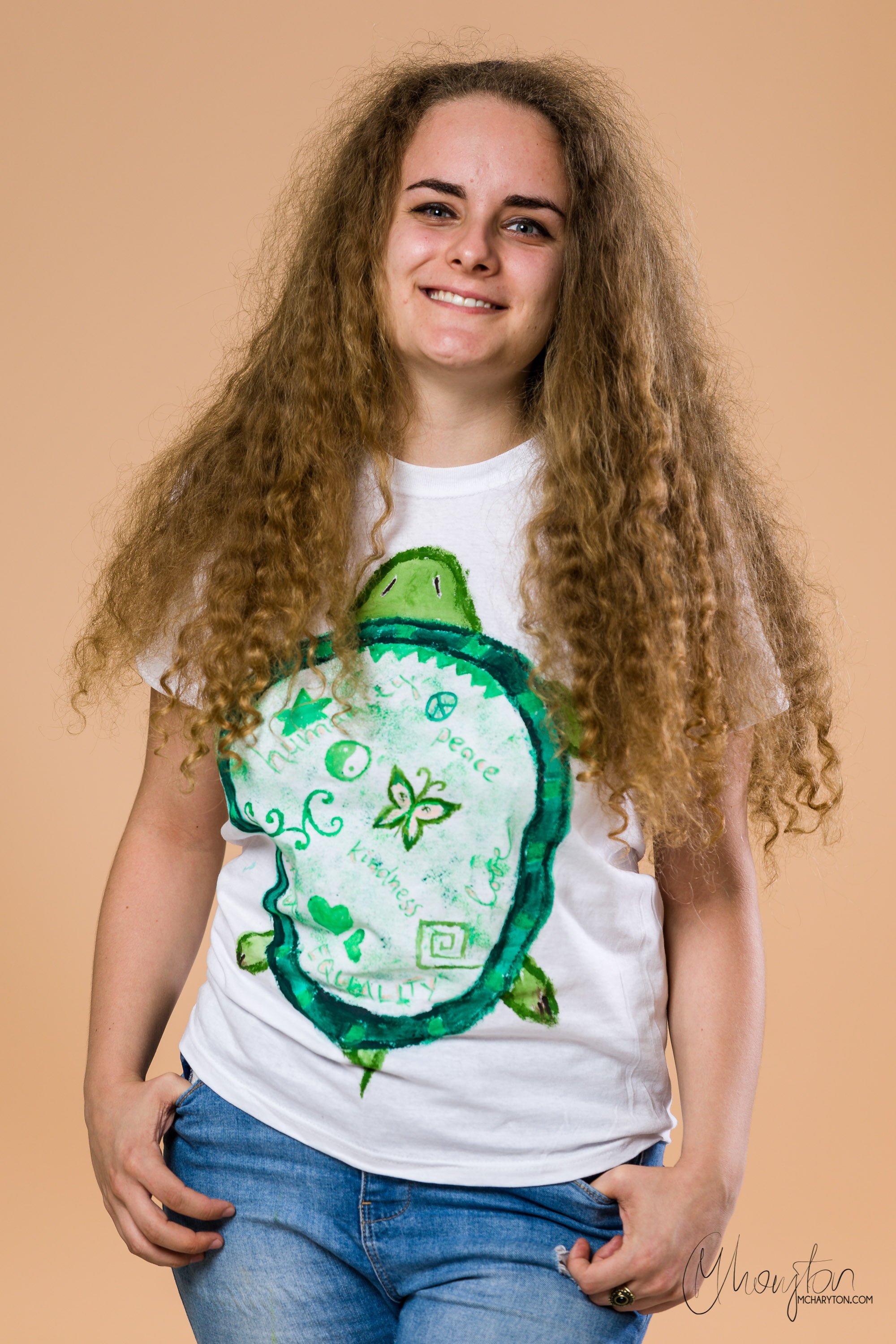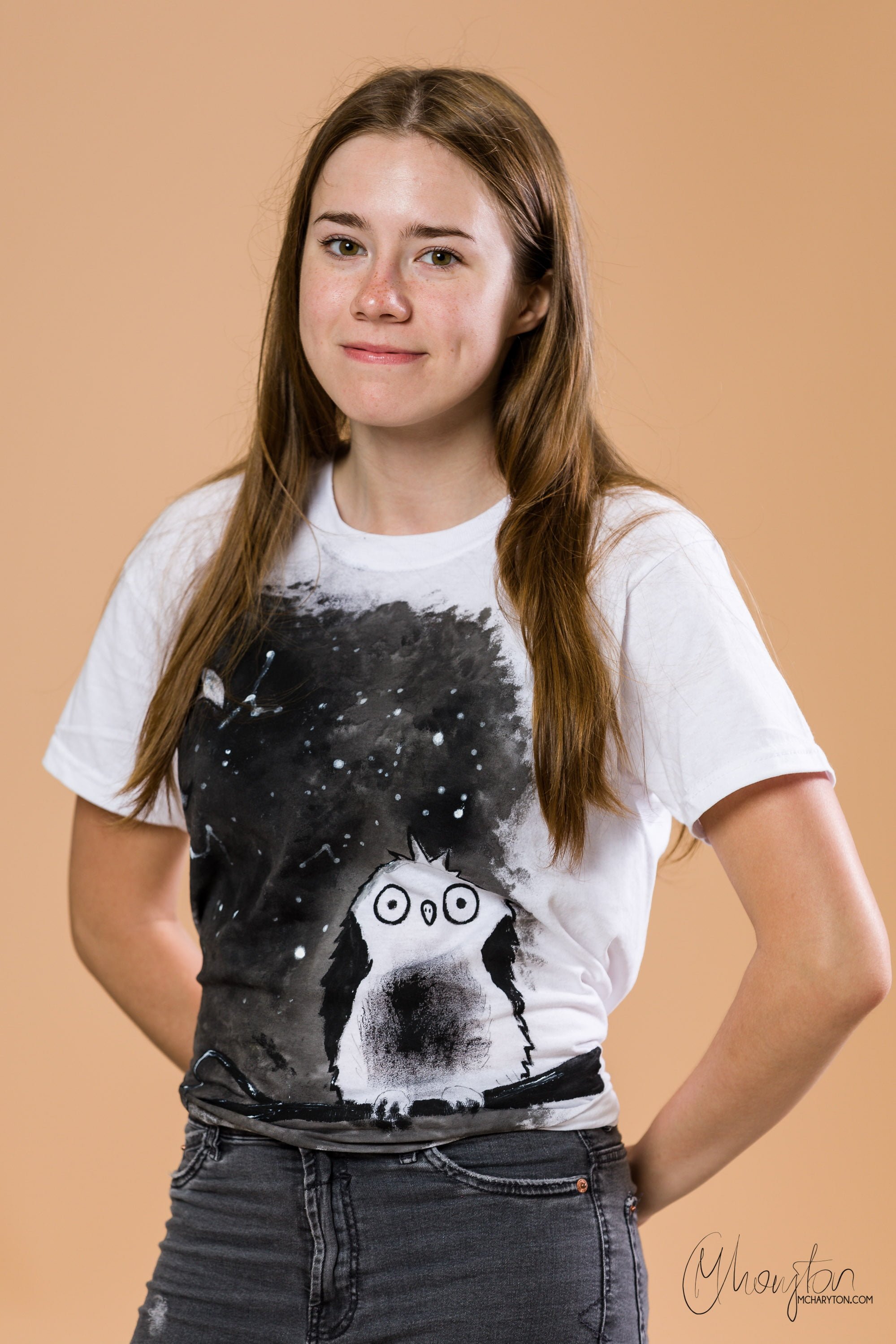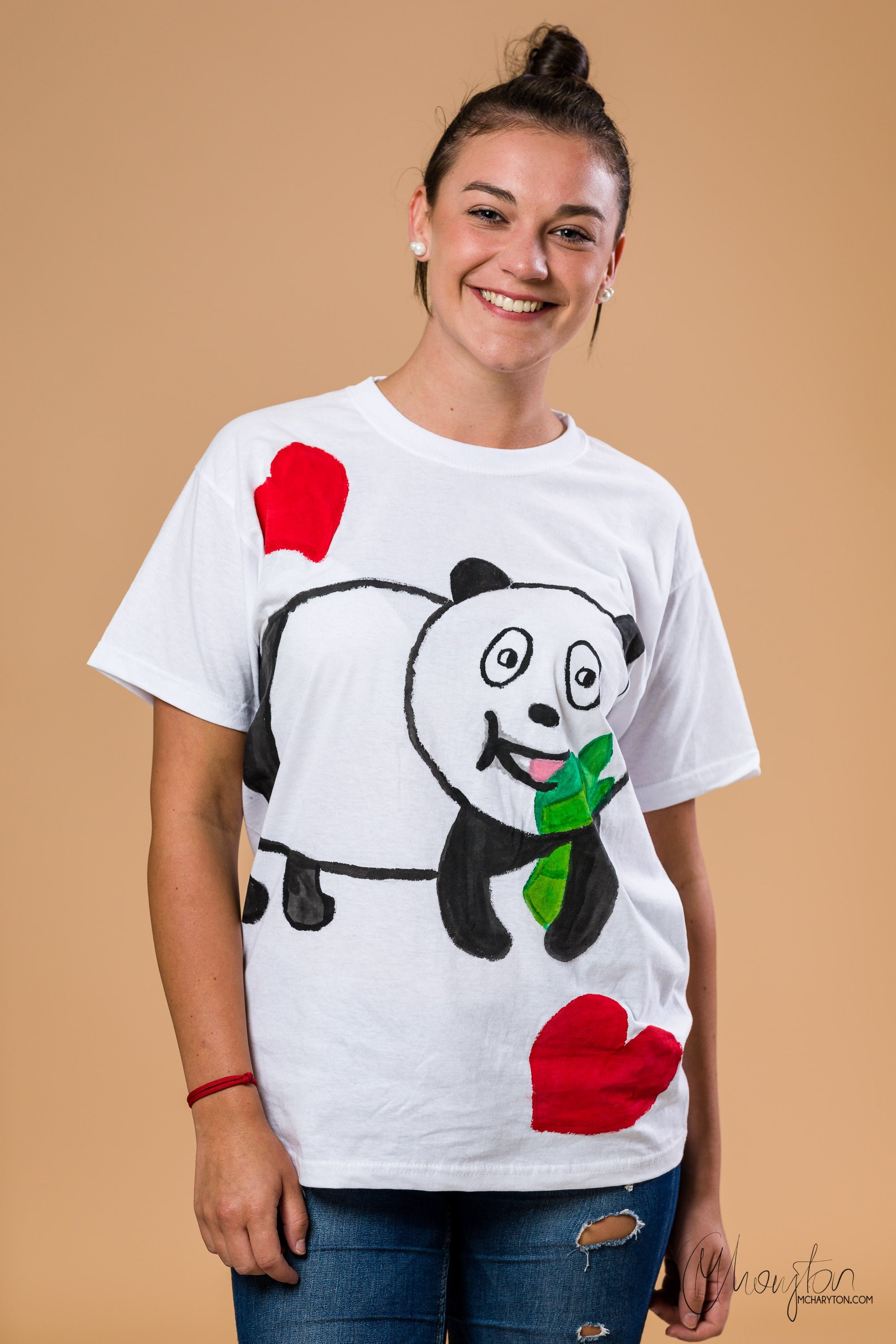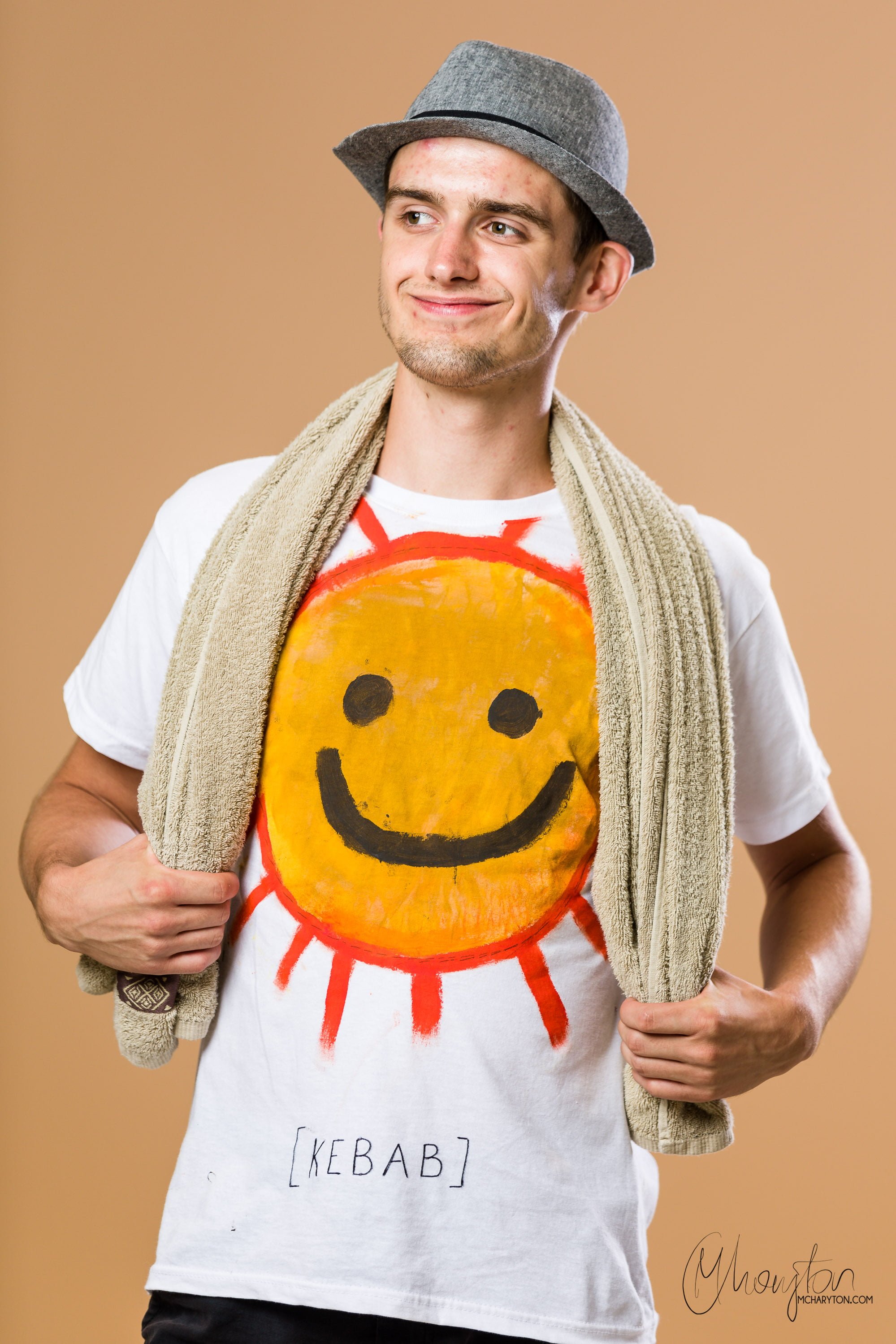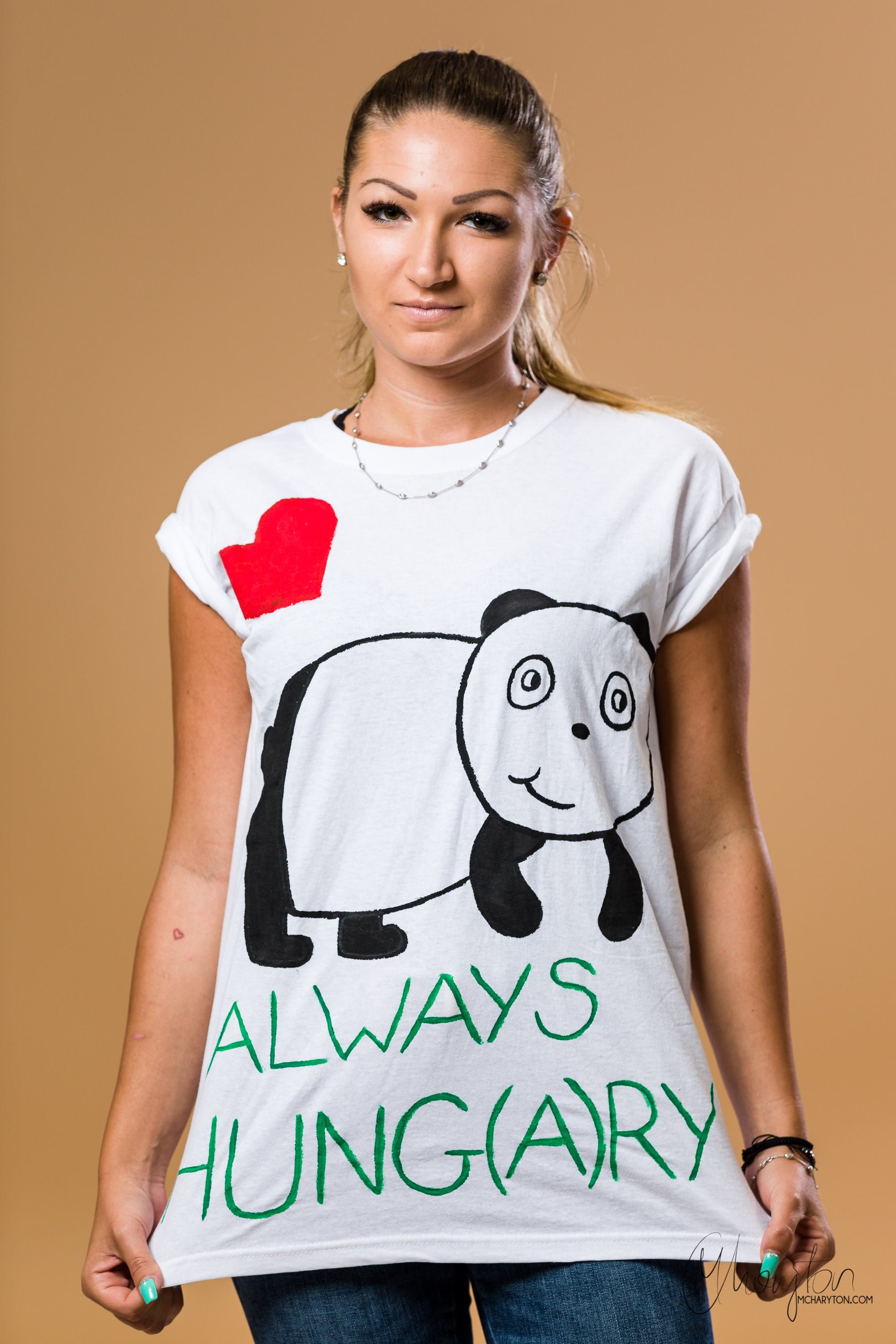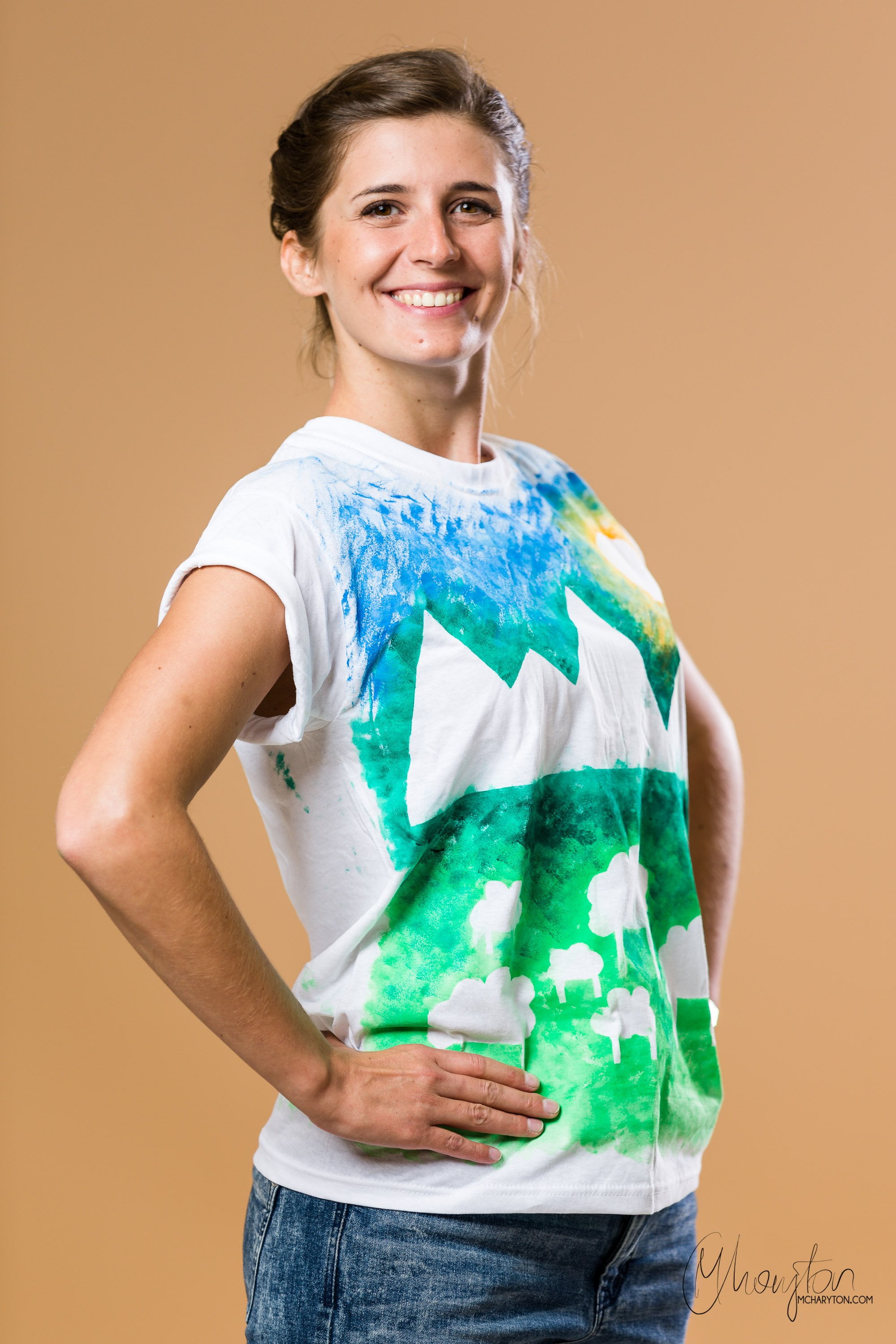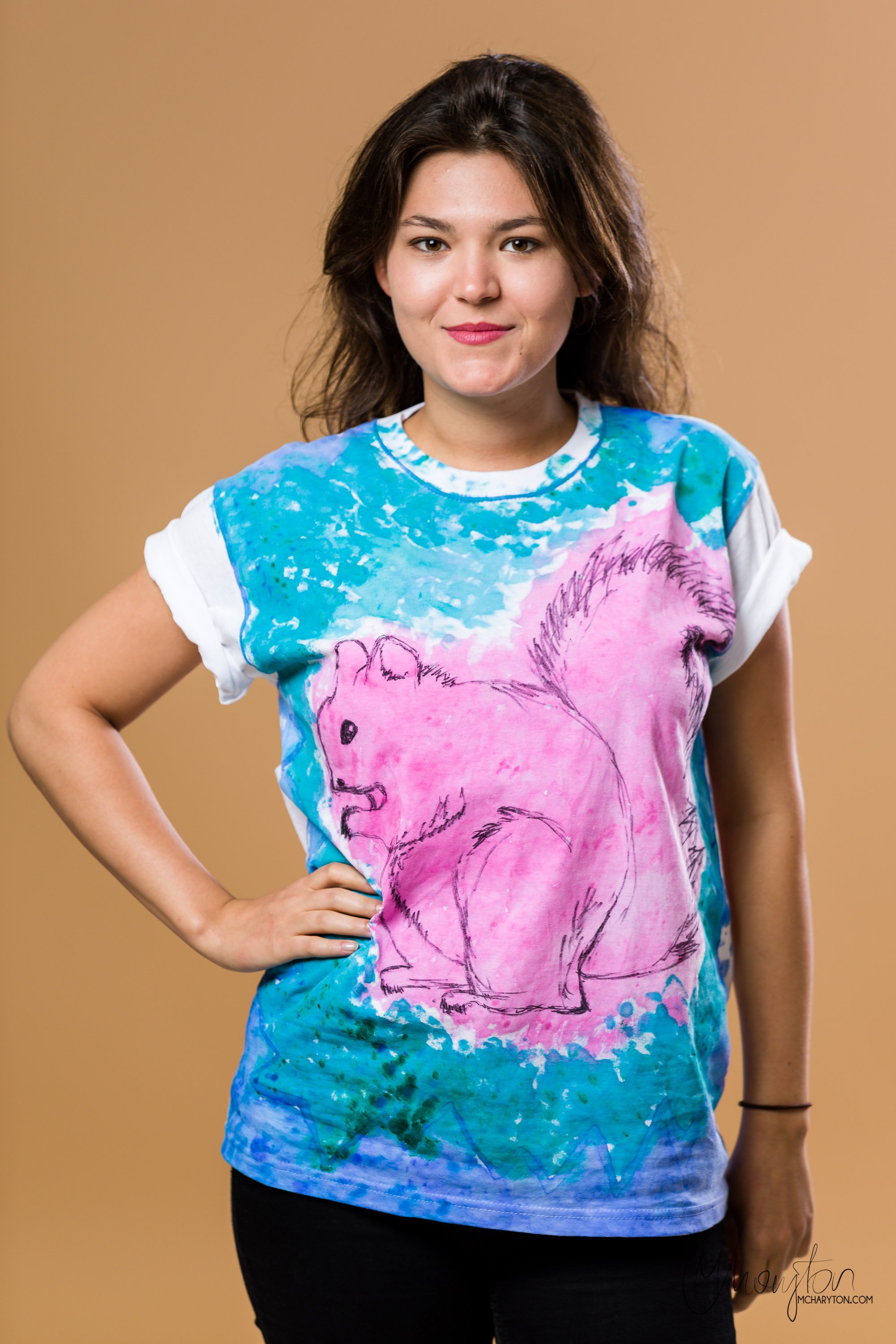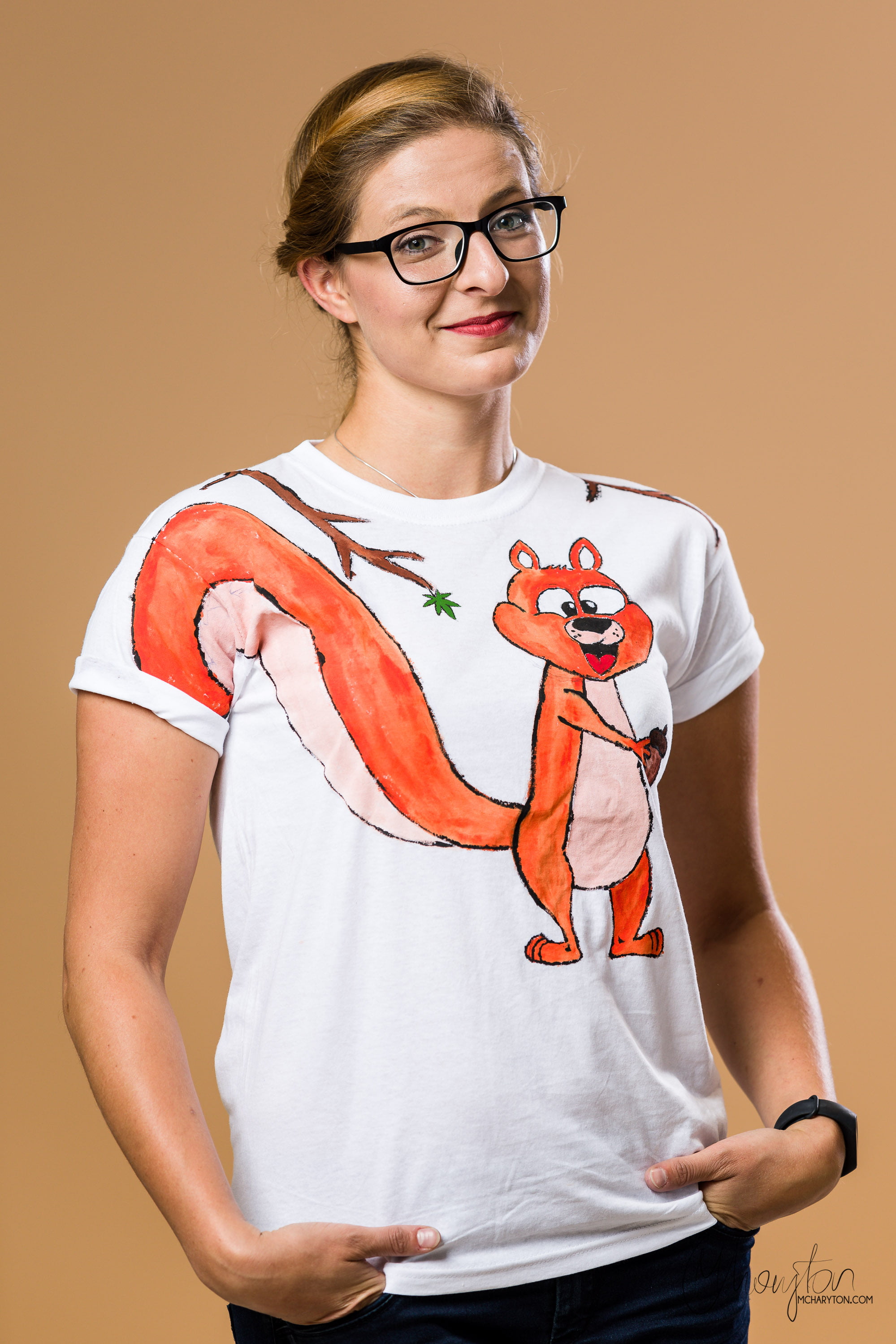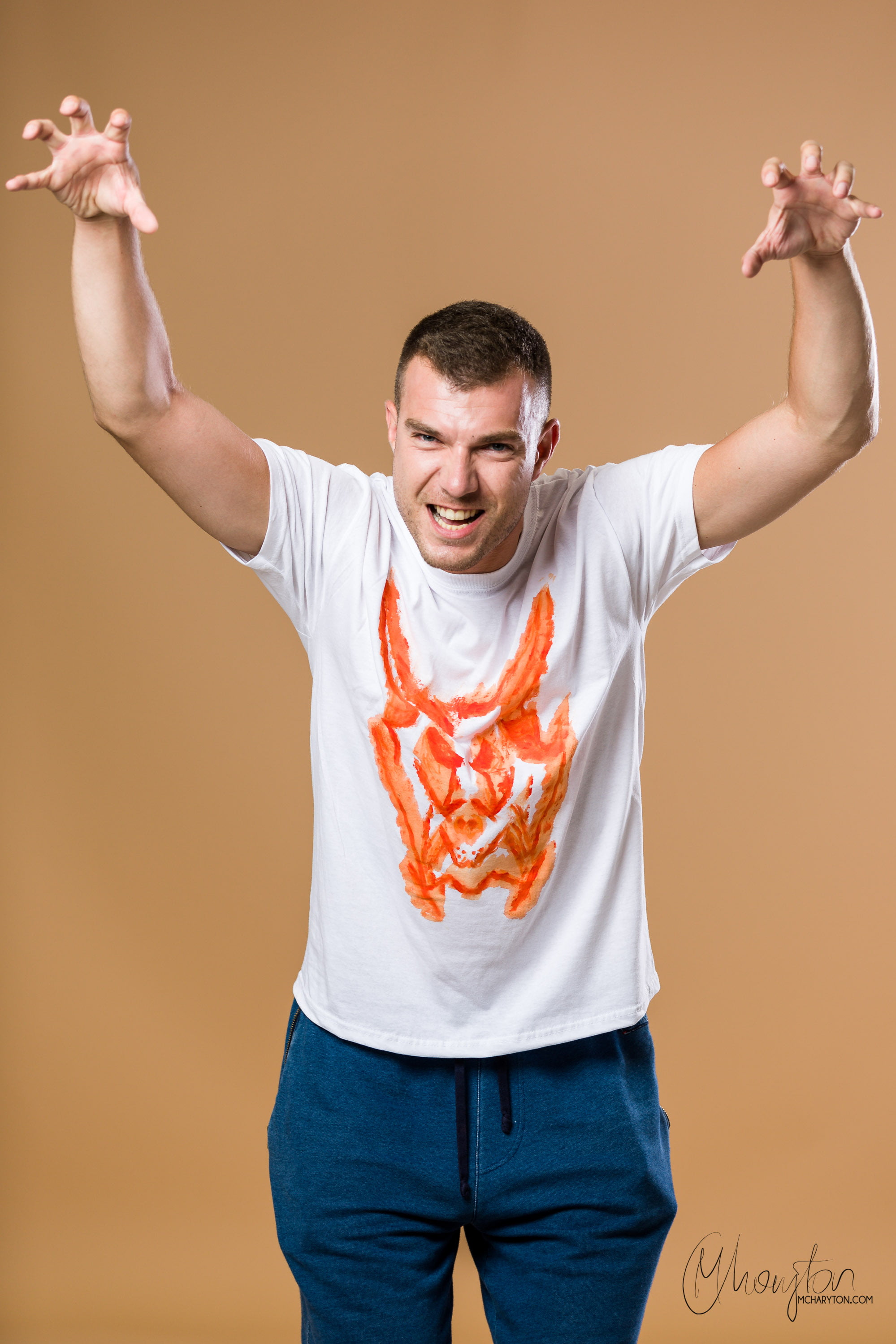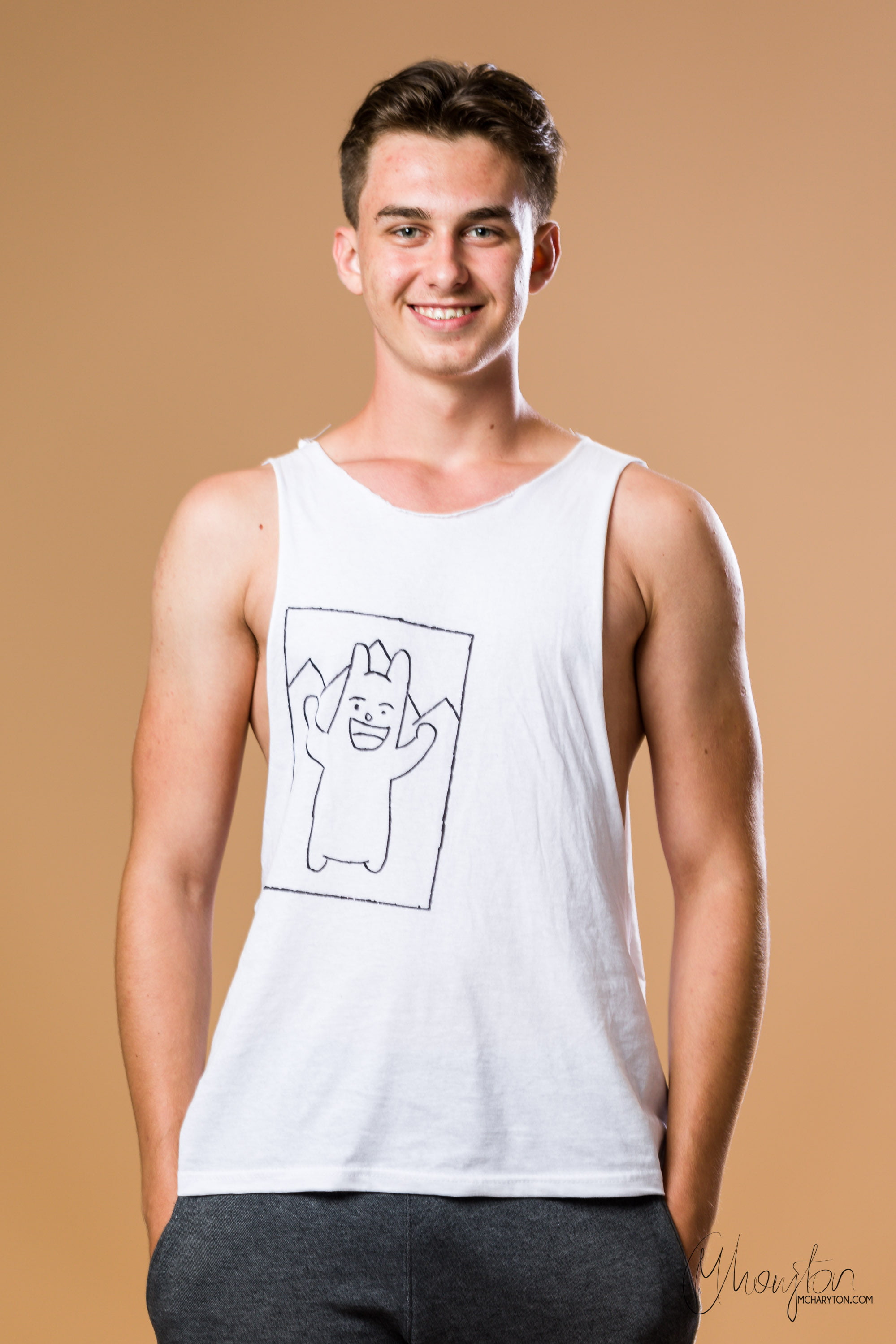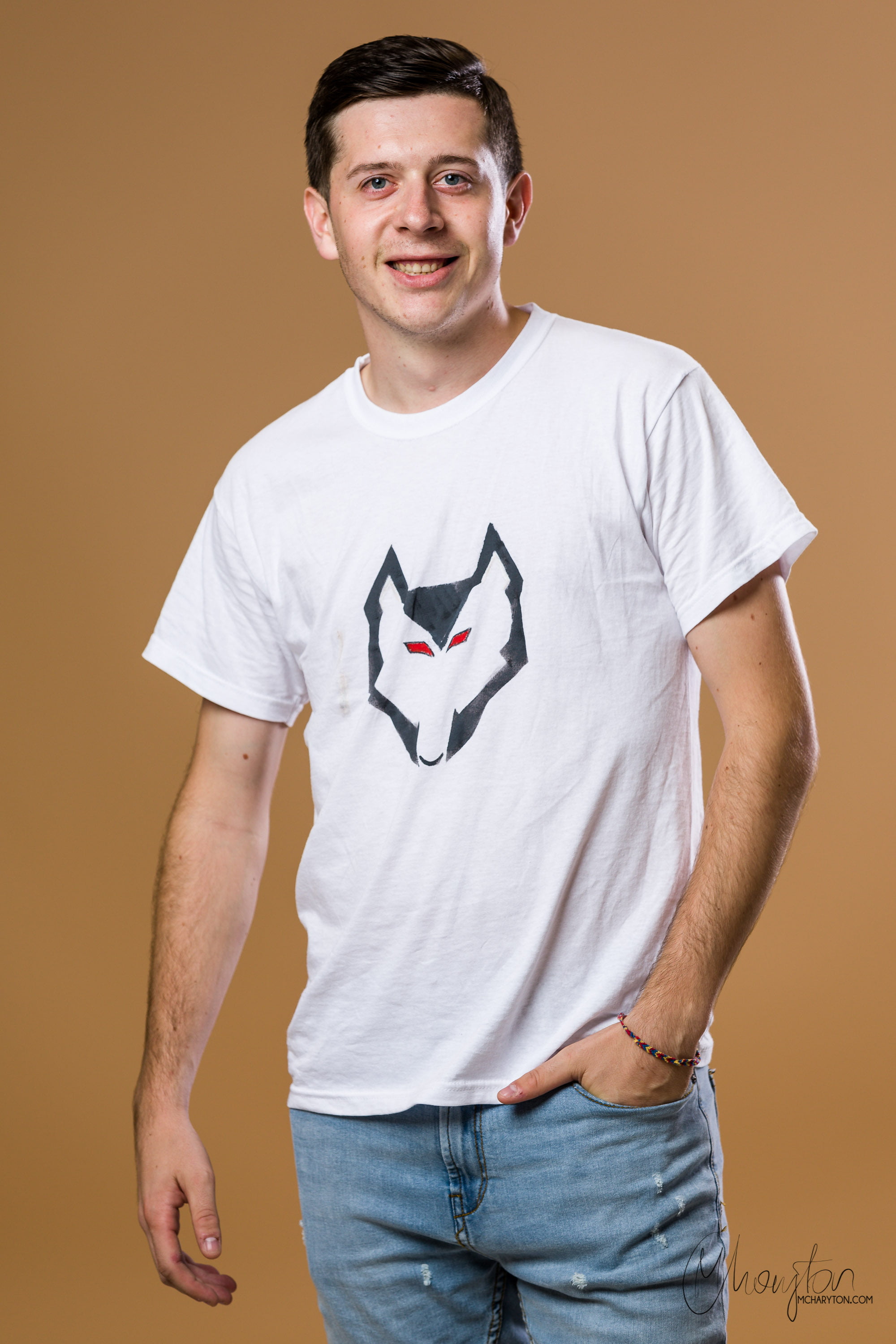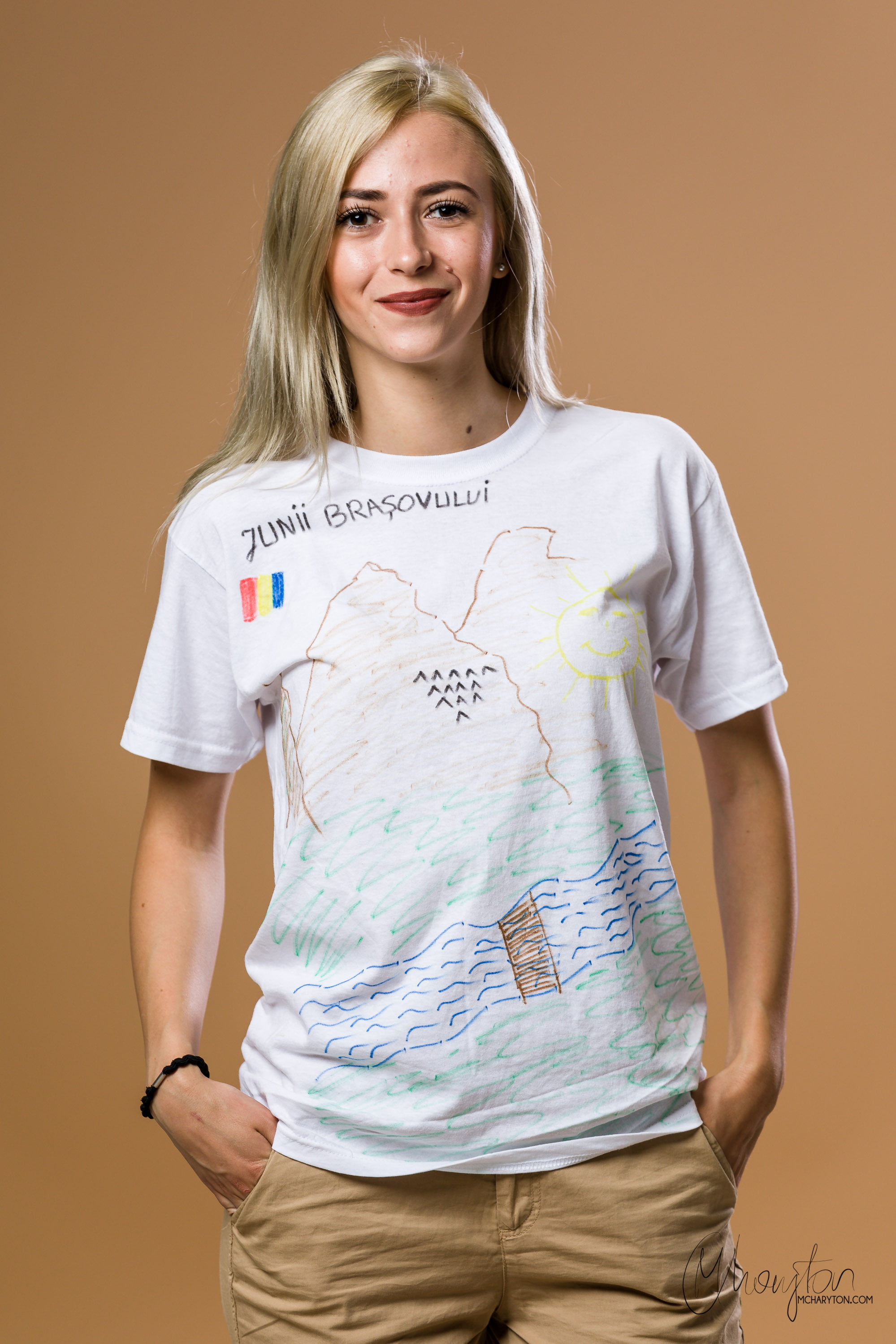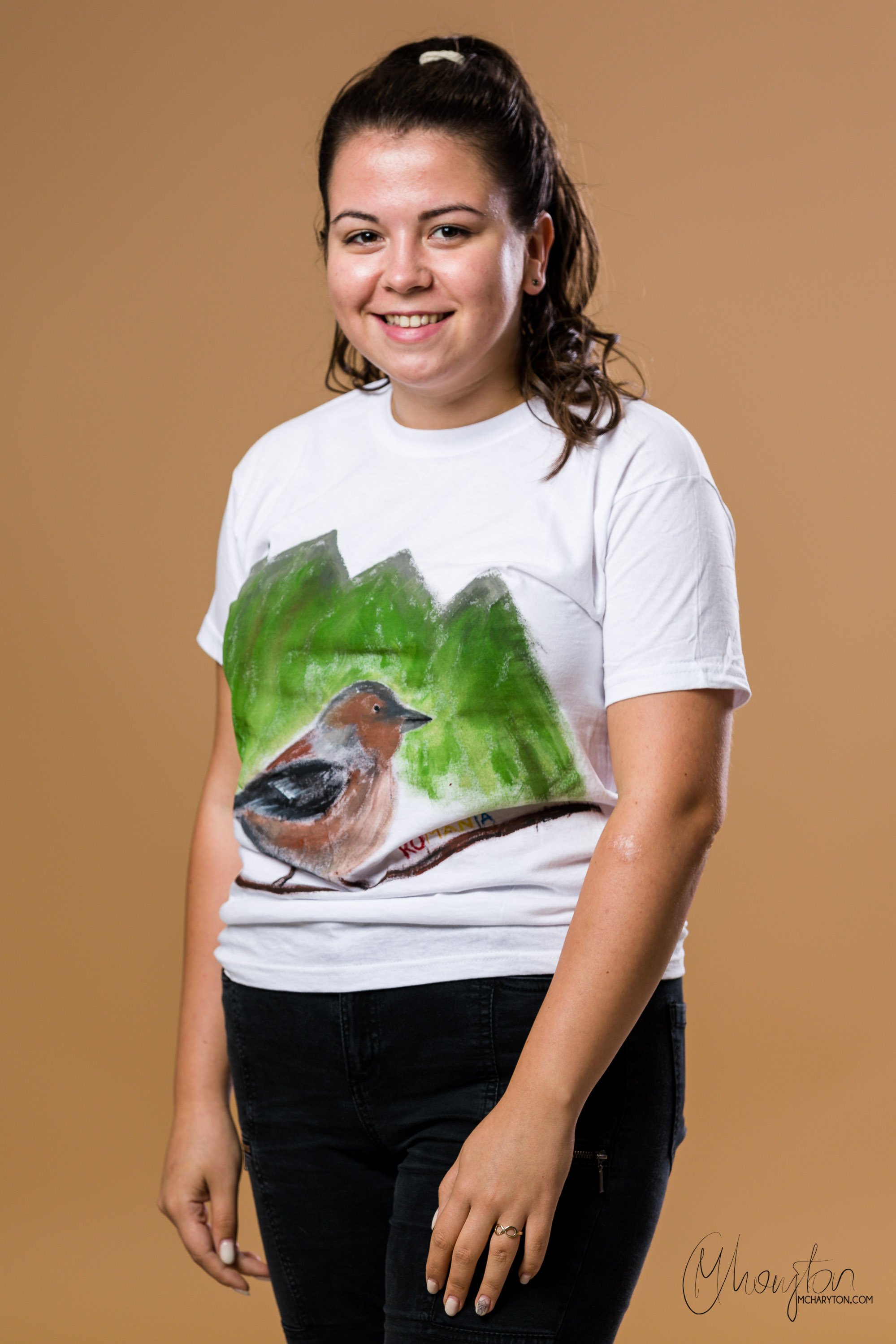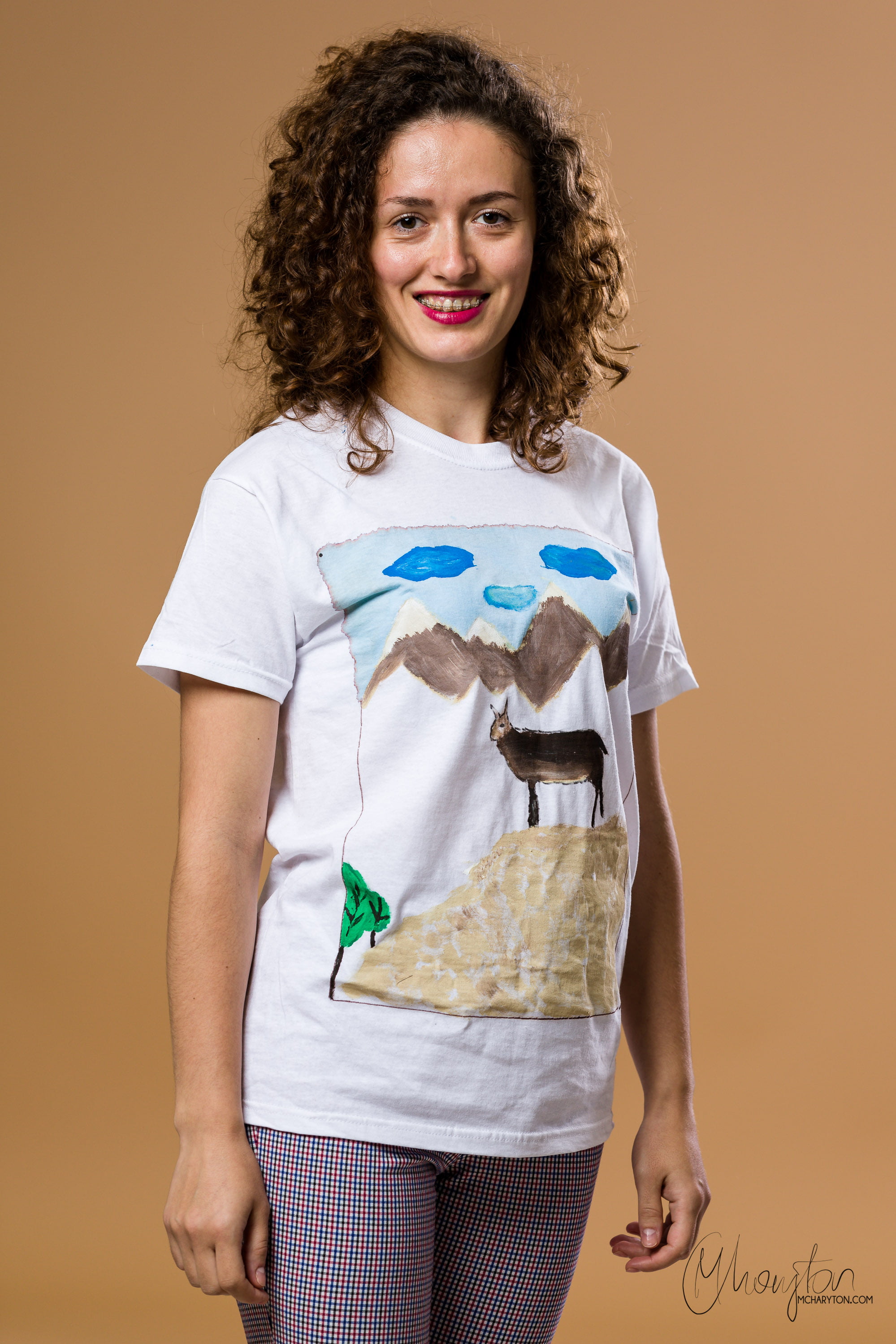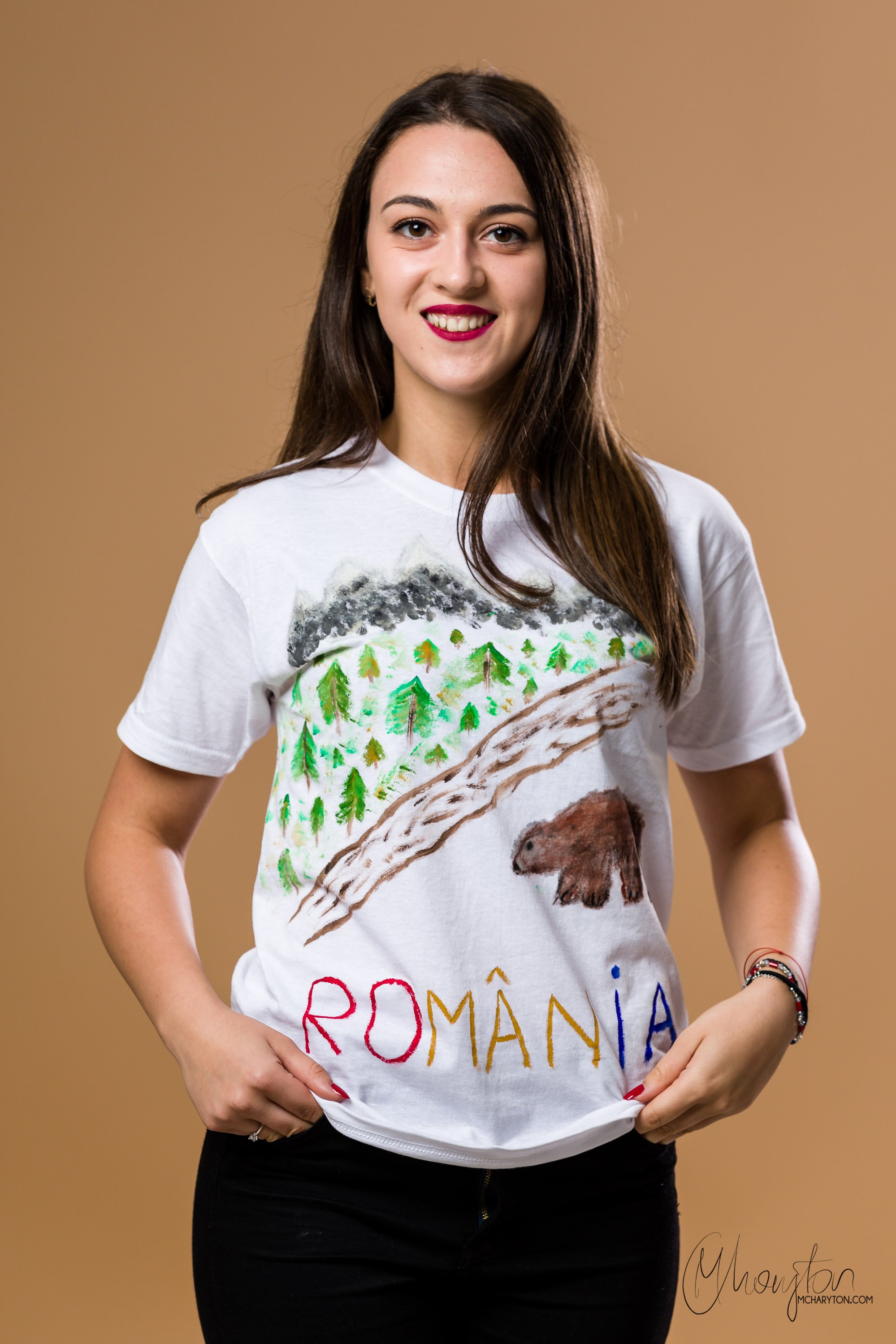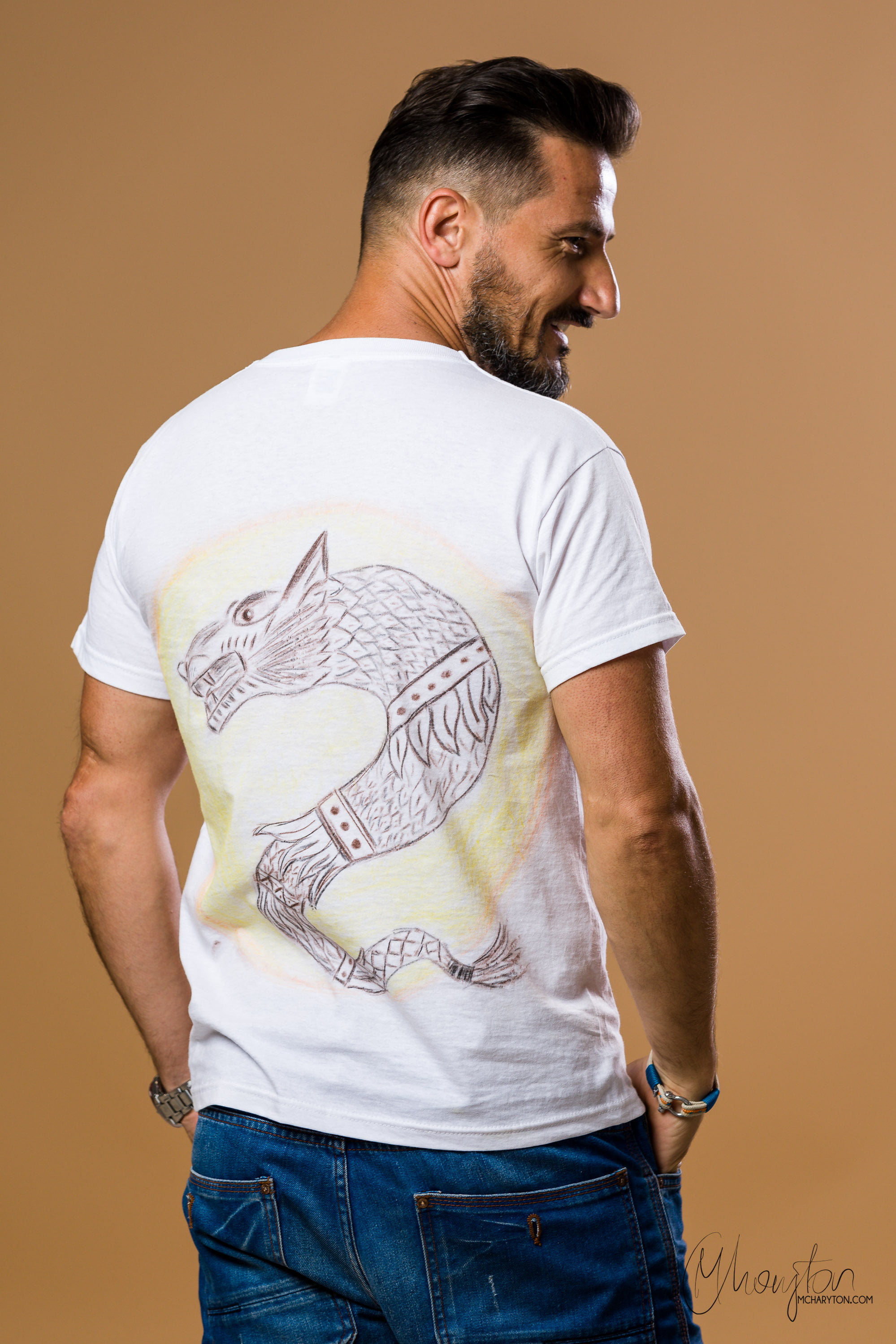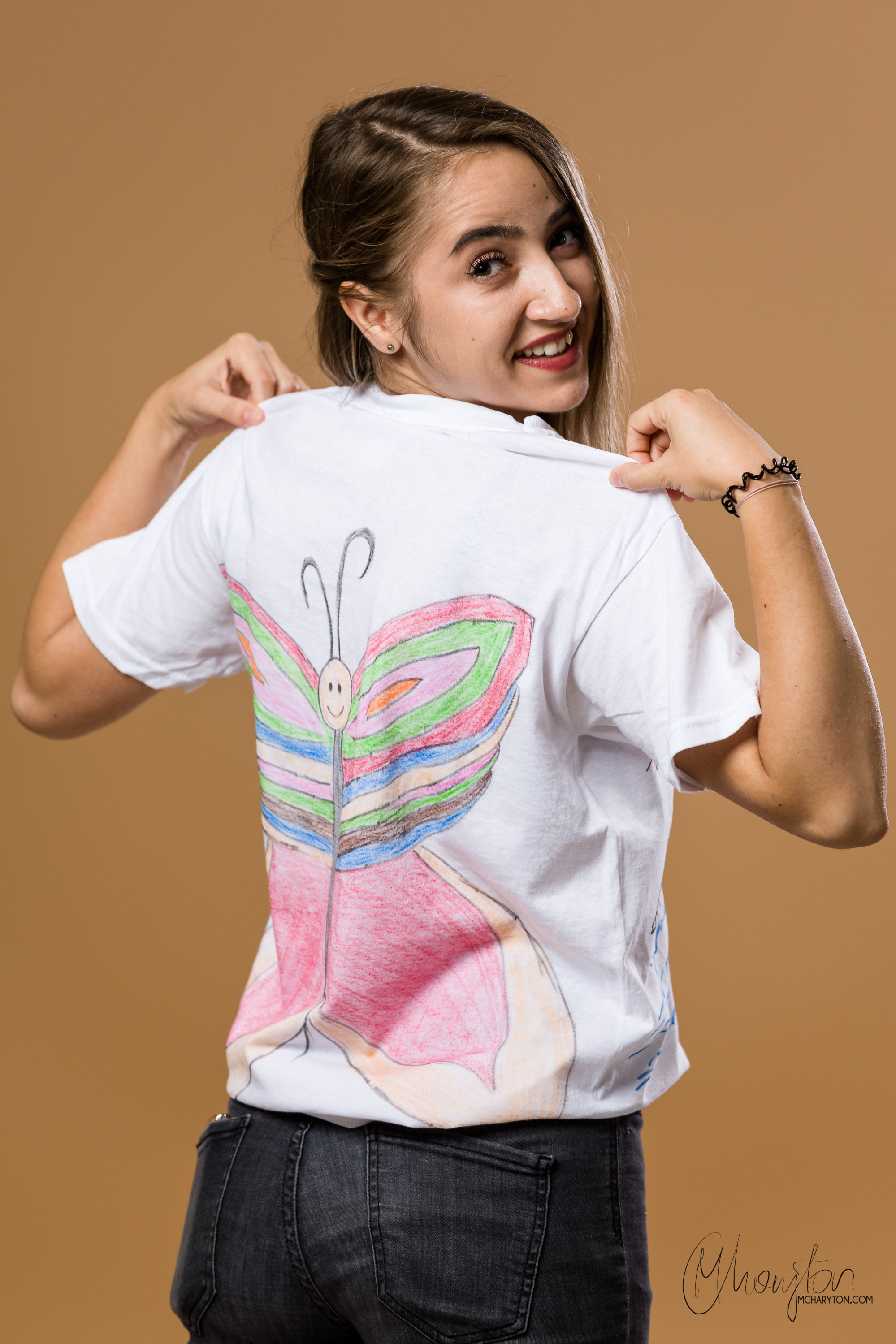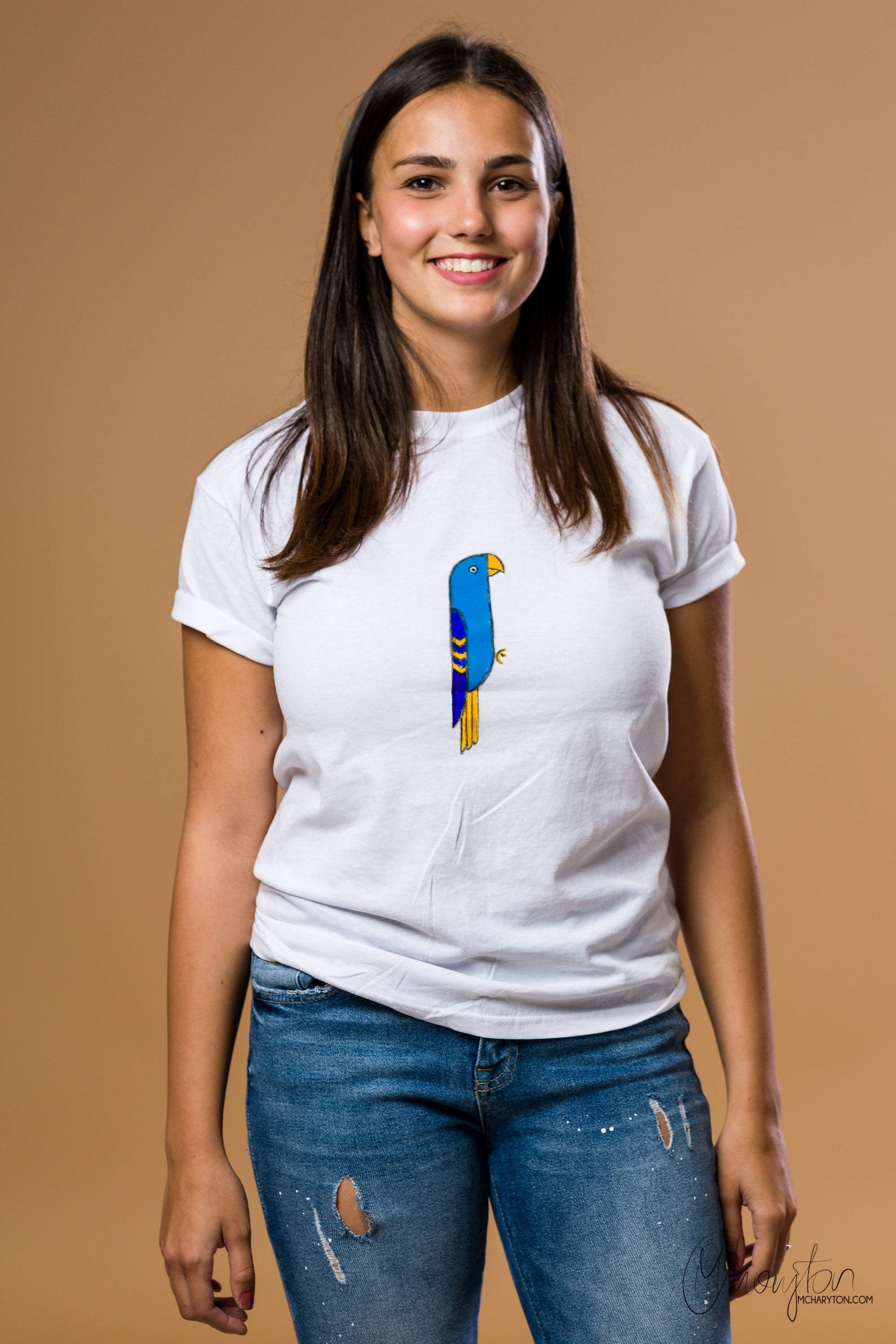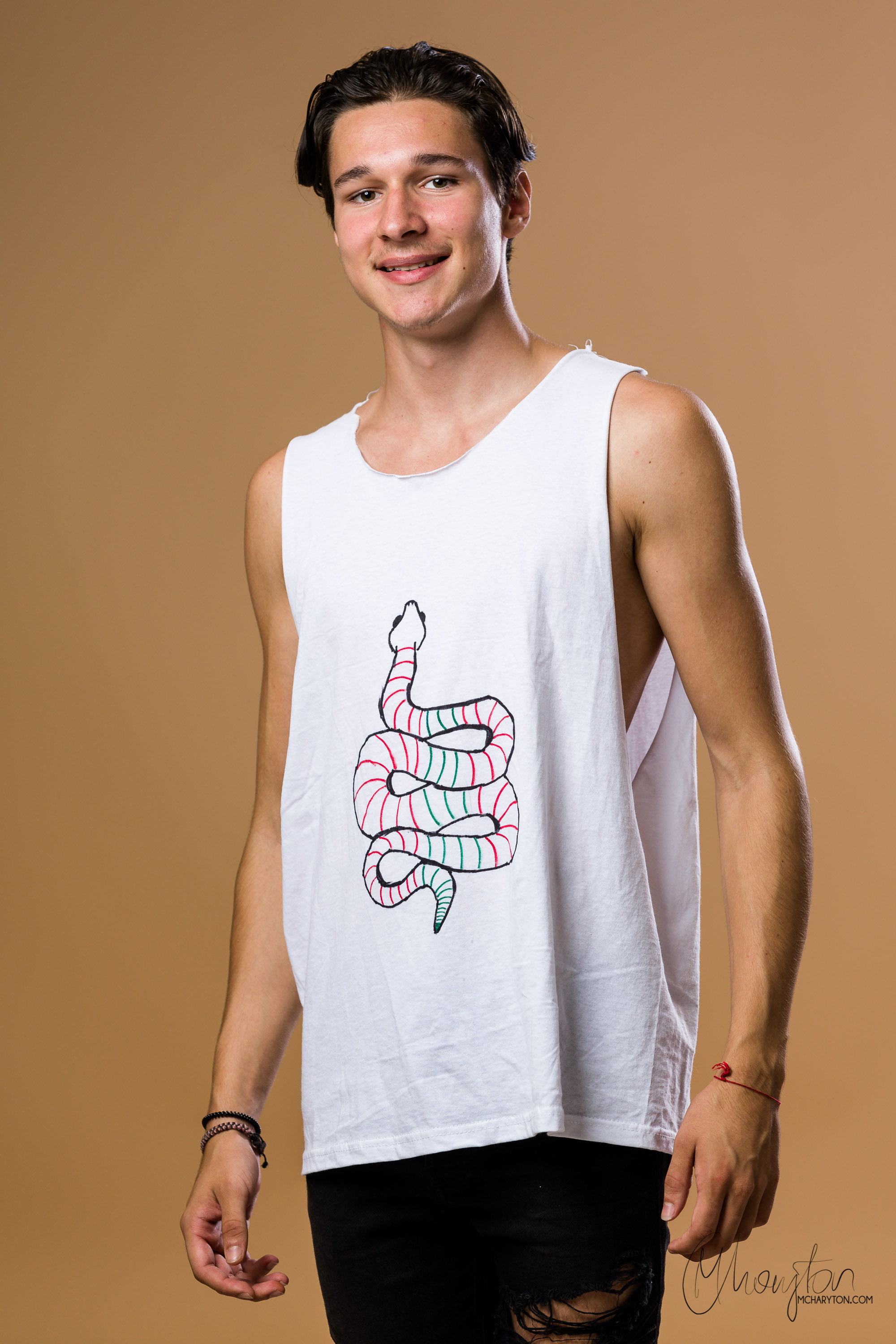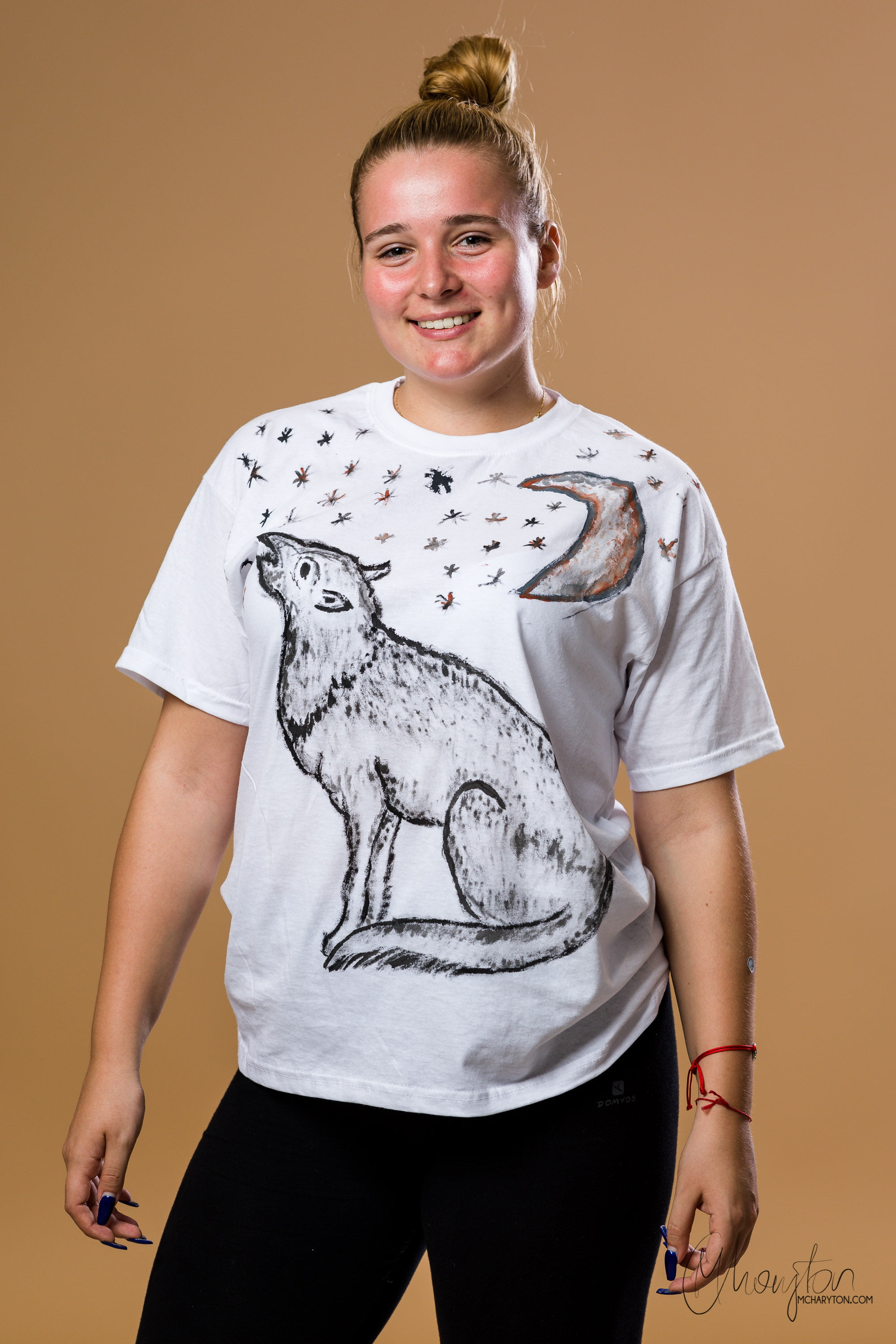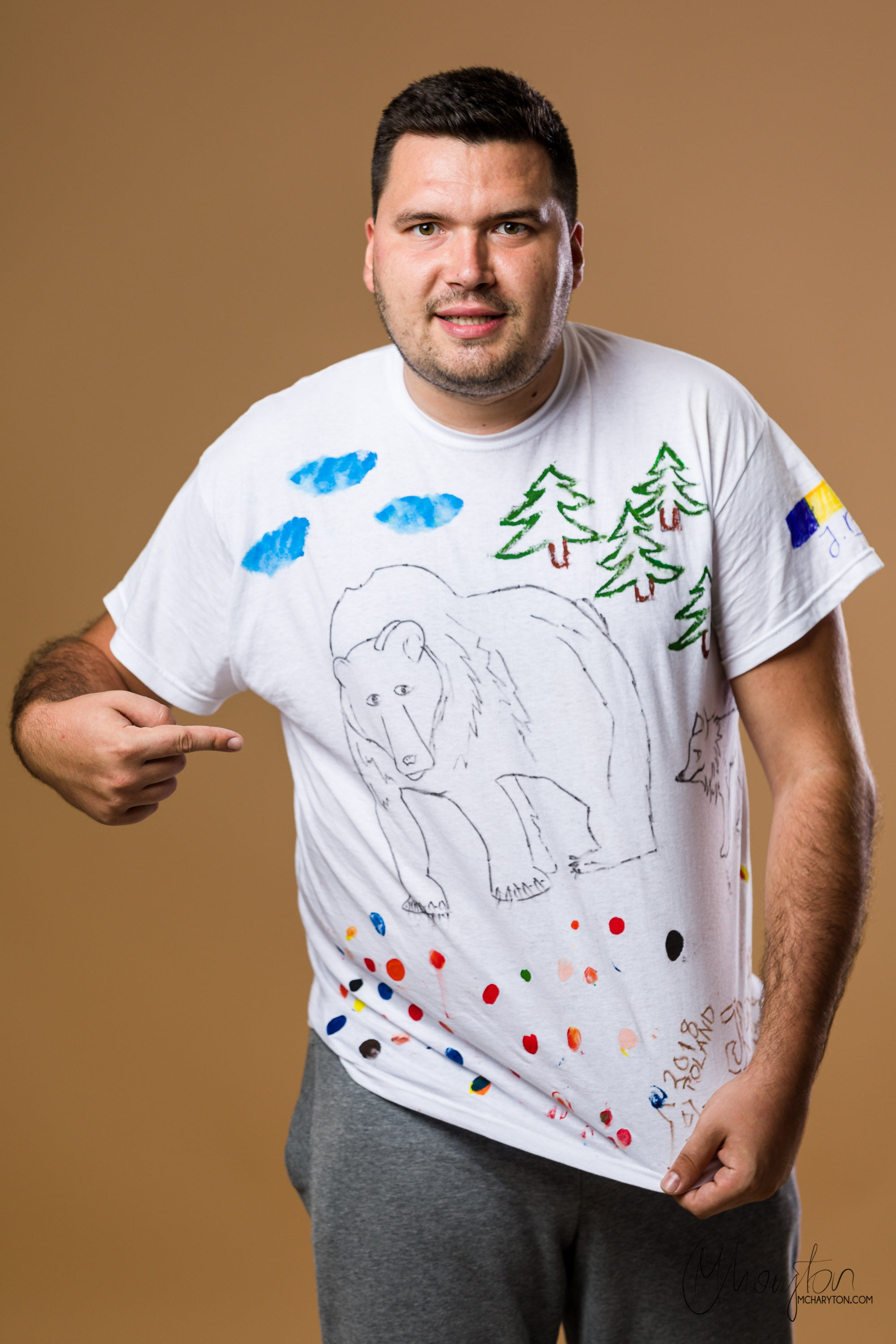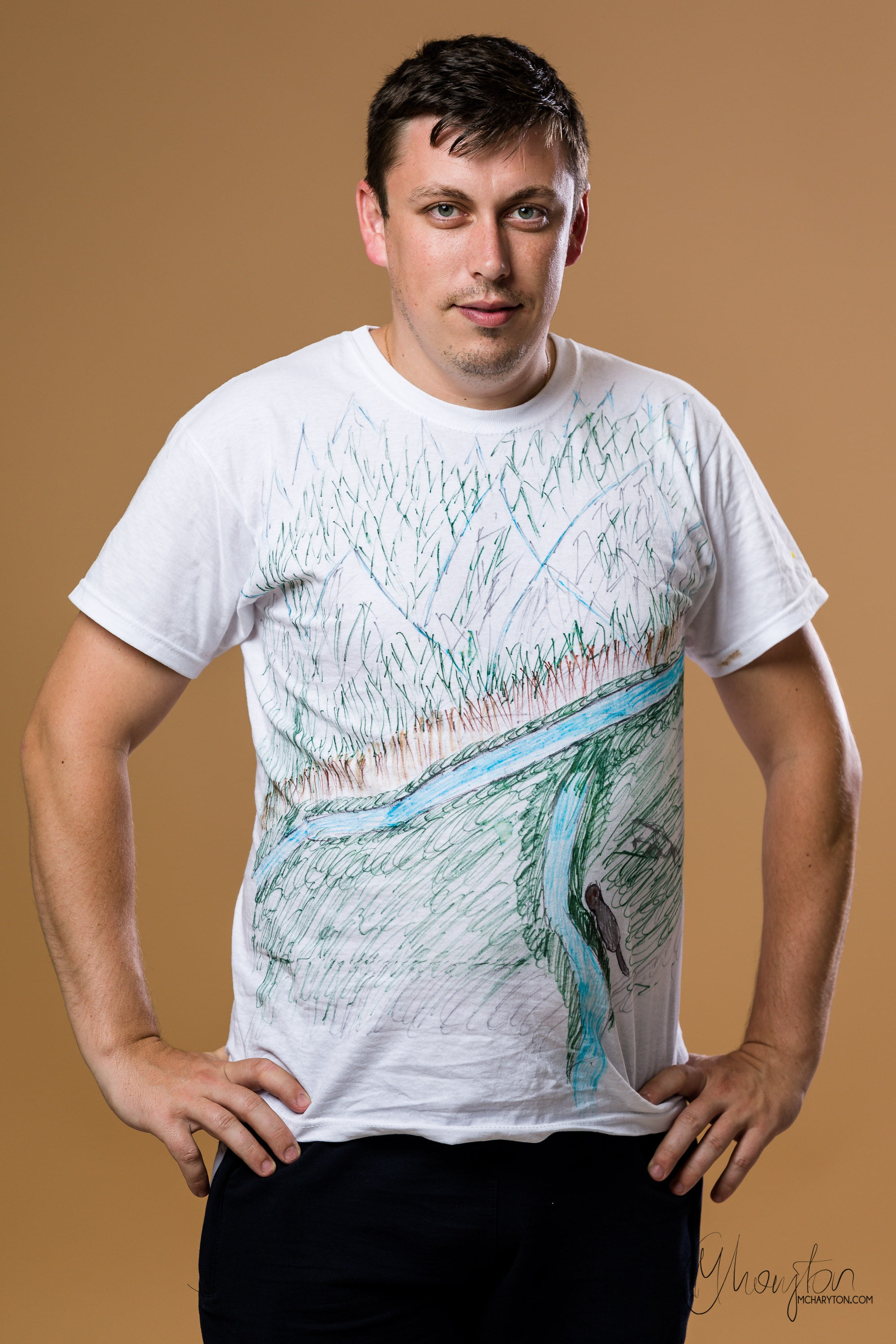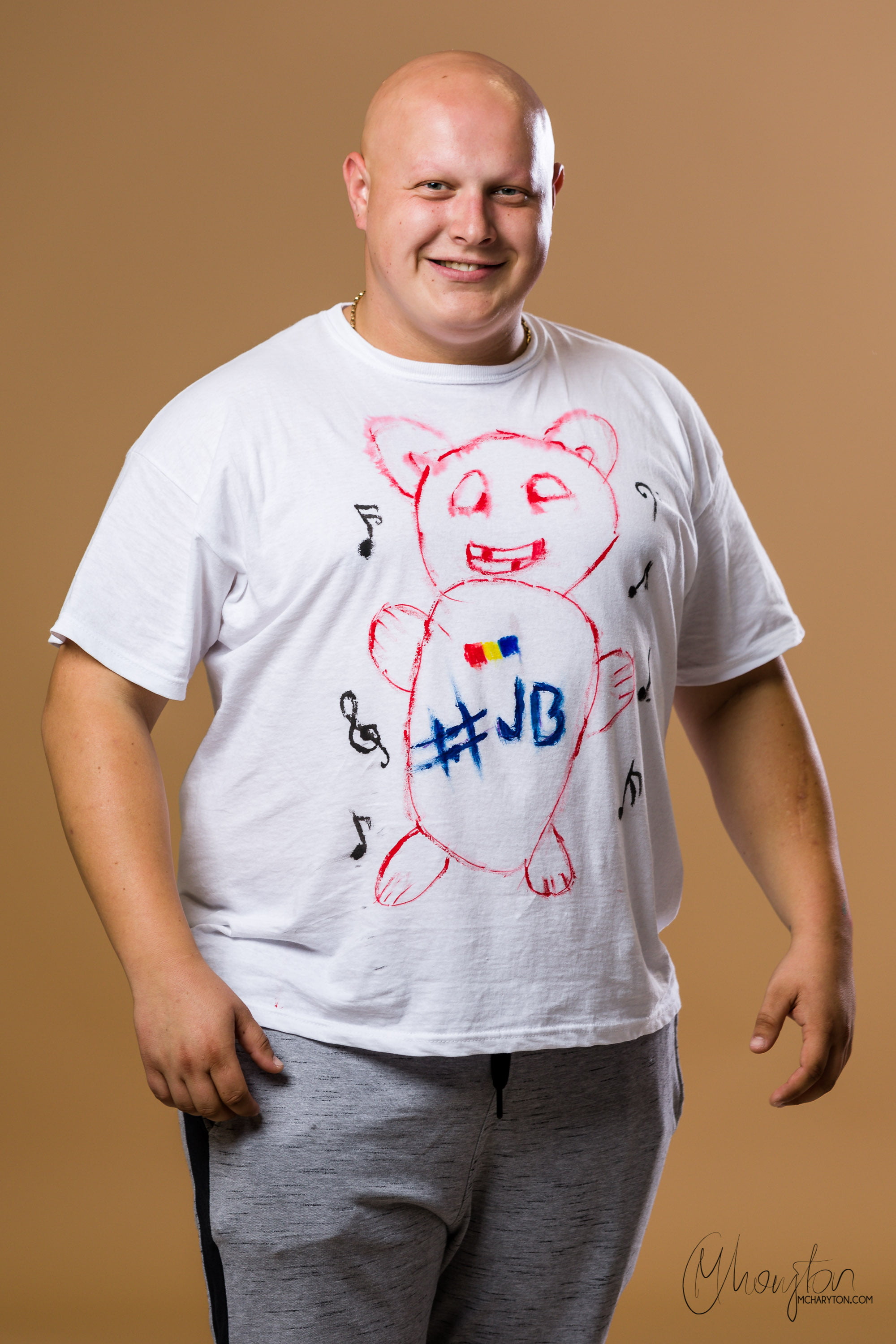
Głównym celem projektu było sprawdzenie, czy Karpaty rzeczywiście są łukiem łączącym kultury krajów na których terenie leżą. Pierwsze spostrzeżenia względem tej tezy zostały już poczynione w 2016 roku kiedy realizowaliśmy pierwszy projekt z cyklu w partnerstwie z grupą z Ukrainy (Polsko-Ukraińska Rada Wymiany Młodzieży). Na wiele postawionych pierwotnie pytań znaliśmy już więc odpowiedzi. Lepiej rozumieliśmy na przykład relację pomiędzy kulturą i folklorem regionów górskich a ich historią, aspektami geograficznymi, religią czy społecznym układem ról płci. W 2017 roku, dzięki współpracy z organizacjami z Czech i Słowacji w ramach trójstronnego projektu będącego druga edycja cyklu (Erasmus+), udowodniliśmy też, iż cechy kultury górskiej są w dużej mierze wyjątkowe (właśnie ze względu na to z czego wynikają) oraz, że różnią się od tych typowych dla kultury regionów nizinnych. Tym razem jednak, mieliśmy okazję patrzeć z nieco odmiennej perspektywy. Naszych krajów nie łączyła bowiem wspólna granica, jak było to w przypadku Polski, Ukrainy, Czech i Słowacji. Podobieństwa jakie udało nam się znaleźć są zatem ostatecznym dowodem na przenikanie kultur na obszarze Karpat. Realizacja tego projektu była zatem niezwykle ważnym elementem zarówno samym w sobie, jak też jako część większej całości. Z jednej strony budowała ona na solidnych fundamentach a z drugiej wnosiła unikalny wkład i pozwoliła zamknąć cały cykl.
The main goal of our project was to check if the Carpathian Mountains really are joining the cultures of countries through which they run across. First insights on this matter have already been made in 2016 when we realised the first project of the cycle in partnership with a group form Ukraine (Polish-Ukrainian Youth Exchange Council). Thus, we already found answers to many questions. For example, we now have a better understanding of the relationship between culture and folklore of the mountainous regions and their history, geography, religion and social division of roles between the sexes. In 2017, thanks to the cooperation with organizations form the Czech Republic and Slovakia in a trilateral partnership being the second edition of this cycle (Erasmus+), we have proven that the attributes of mountainous culture are in many ways unique (mostly due to the sources which they stem from) and differ vastly from the culture of the lowlands. This time however, we had a chance to look form a slightly different perspective. Our three countries were not connected by a common border. The similarities that we found are a direct proof of the diffusion of cultures along the Carpathian range. Running this project was therefore an important element both on its own, as well as as part of the bigger picture. On one hand, it built on solid foundations laid by the previous editions, on the other, it gave unique insights and allowed us to sum up and close the whole cycle.

Projekt pod tytułem ”Carpathia – Connecting Cultures” został przygotowany przez trzy grupy uczestników reprezentujących trzy organizacje młodzieżowe z naszych krajów. Ze strony polskiej występowała grupa ”Woda na Młyn” będącą projektem stałym Stowarzyszenia ”Passionfruits”, które było też organizacją wnioskującą. Nasi partnerzy to Lengyel Néptáncegyüttes „Polonéz” z Węgier oraz Ansamblul Folcloric „Junii Brasovului” z Rumunii. Wszystkie te grupy zrzeszają pasjonatów folkloru tanecznego, którzy aktywnie realizują swoje zainteresowania w trakcie bieżącej działalności naszych organizacji
“Carpathia – Connecting Cultures” was a project prepared by three groups of participants representing three youth organisations from our countries. From Poland, we had the “Woda na Młyn” group, which is a continuous project run by the “Passionfruits” Association. Our partners were Lengyel Néptáncegyüttes „Polonéz” form Hungary and Ansamblul Folcloric „Junii Brasovului” from Romania. All of our groups incorporate members who share a common passion for dance folklore and who are actively pursuing their interests in the day-to-day activities of our groups
W trakcie naszych działań zgłębialiśmy więc zarówno tradycyjne tańce, muzykę, pieśni i stroje regionów górskich naszych krajów, przyglądaliśmy się obrzędom i wierzeniom ludności a także poznawaliśmy historię, geografię i wypływy kulturowe jakie je kształtowały. Tym razem było to doświadczenie o tyle ciekawe, że naszych krajów nie łączyła wspólna granica jak to było w przypadku wcześniejszych edycji cyklu. Tym razem wszelkie elementy wspólne bezpośrednio wskazywały na przepływ i mieszanie się kultur na łuku Karpat.
During our activities we explored traditional dances, music, songs and costumes of the mountainous regions of our countries, looked closer at rituals and beliefs of the people and got to know the history geography and cultural influences that shaped them. This time it was an even more interesting experience due to the fact that our countries do not share a border as it was in the case of the two earlier editions. This time all the common elements we would find would be direct evidence of cultural transcendence along the Carpathian mountain range.

Rezultatów naszych wspólnych działań jest wiele. Poniżej zamieszczamy najważniejsze z nich.
Zestaw fotografii wykonanych w trakcie pokazu mody i następującej po nim sesji fotograficznej prezentuje wykonane przez uczestników aranżacje tradycyjnych strojów ludowych regionów górskich naszych krajów w uwspółcześnionej formie.
The results of our cooperation are numerous. Below we are presenting the most important ones.
A set of photos taken during the fashion show and a following photo-shoot presenting modern versions of arrangements of traditional folk costumes prepared by the participant to comment on the diffusion of cultures.
Spoty promujące ideę przenikania kultur, każdy w inny, kreatywny, często nieoczywisty sposób, próbują przekazać to, w co wszyscy wierzymy – iż Karpaty łączą nie tylko kraje ale i kultury.
Short videos promoting the idea of cultural transcendence each in its own, creative, often nonobvious way. They are trying to convey what we all believe – that Carpathia really is connecting cultures.
Plakatami obrazującymi ideę przenikania kultur posługiwaliśmy się wszędzie tam, gdzie promowaliśmy spotkania i inne wydarzenia upowszechniające.
We used the posters, promoting the idea of cultural diffusion, to promote the meetings we organised to disseminate results.
Nagraliśmy też miks taneczno-muzyczny do celów eksperymentalnych. Zachęcamy do obejrzenia poniższych nagrań wideo fragmentów tańca oraz wysłuchania materiału audio a następnie zastanowienia się nad tym:
- Jakie instrumenty słyszymy i skąd pochodzą?
- Z jakimi krajami i kulturami kojarzą nam się elementy utworu muzycznego?
- Jak wygląda relacja między tancerzami w parze i w grupie?
- Jaki obraz ról płci w tańcu wyłania się z nagranych materiałów?
Zapraszamy do dzielenia się przemyśleniami!
We also recorded a video and audio recording of a music and dance mix to use in an experiment. We encourage you to watch the videos of dance fragments and listen to the audio material and after that to consider:
- What instruments you can hear and where do they stem from?
- Of what countries and cultures do elements of the audio recording remind you?
- How does the relationship between the dancers look, both in pairs and as a group?
- What image does the division of the roles between sexes create?
Share your insights with us!
Całość naszych spostrzeżeń z cyklu „Carpathia – Connecting Cultures” podsumowuje w atrakcyjnej formie wizualnej przygotowany przez nas ebook. Łączy on wybrane efekty trzech projektów z cyklu. Zapraszamy do lektury!
All of our conclusions are summed up in a visually pleasing way in a prepared eBook. It combines the various results form all three projects of the cycle. Have a read!
Jesteśmy przekonani, iż cała zdobyta w ramach projektu wiedza, rozwinięte umiejętności i wzmocnione poczucie własnej wartości pozwoliły nam stać się bardziej otwartymi na drugiego człowieka i tolerancyjnymi. Mamy też nadzieję, że postawy te udało nam się promować również u innych.
We are sure that all the acquired knowledge, all the developed skills and improved self-consciousness allowed the participants to become more open and tolerant. We also hope that we managed to promote those attitudes in others.































